Handbook of the Mammals of the WorldVolume 4: Sea Mammals
$204.80
Ilustrador
En stock
$204.80
Peso
3.75 kg
Dimensiones
24 × 31 cm
Idioma
Inglés
Formato
Tapa dura
Páginas
614
Fecha de publicación
July 2014
Publicado por
Lynx Edicions
Descripción
Los mamíferos marinos incluyen algunos de los animales más extraordinarios del planeta. Las grandes y majestuosas ballenas, los ágiles y sociables delfines, las curiosas focas y leones marinos, así como las singulares morsas, manatíes y dugongos, han evolucionado desde antepasados terrestres para adaptarse por completo a la vida en el agua. Estas criaturas han fascinado a los seres humanos durante siglos, no solo por su belleza, inteligencia y comportamiento social, sino también por el misterio que envuelve sus migraciones, vocalizaciones y modos de vida.
El Volumen 4 del Handbook of the Mammals of the World (HMW) ofrece descripciones detalladas y actualizadas de todas las especies y familias de mamíferos marinos conocidas, con el rigor científico que caracteriza a la colección. El texto va acompañado de impresionantes fotografías en color que ilustran comportamientos representativos, así como mapas de distribución y láminas que muestran las especies con un nivel excepcional de detalle.
Este volumen también incluye un capítulo especial dedicado a la conservación de los mamíferos marinos, escrito por Roderic B. Mast, Nataly Castelblanco-Martínez y Arlo H. Hemphill, que analiza los principales desafíos a los que se enfrentan estos animales en un contexto de crisis climática y degradación de los ecosistemas oceánicos.
Para conocer más a fondo el contenido del Volumen 4, puedes leer la introducción completa aquí.
En este volumen se abordan las siguientes familias:
| Familia Otariidae (lobos marinos) | Marc Webber |
| Familia Odobenidae (morsa) | Brent Stewart |
| Familia Phocidae (focas) | Brent Stewart |
| Familia Balaenidae (ballenas francas y ballena de Groenlandia) | Barbara Curry y Robert Brownell Jr |
| Familia Neobalaenidae (ballena franca pigmea) | Catherine Kemper |
| Familia Eschrichtiidae (ballena gris) | Steven Swartz |
| Familia Balaenopteridae (rorcuales) | Thomas Deméré |
| Familia Physeteridae (cachalote) | Sarah Mesnick |
| Familia Kogiidae (cachalotes pigmeo y enano) | Donald McAlpine |
| Familia Ziphiidae (zifios) | Colin MacLeod |
| Familia Platanistidae (delfín de río Indo) | Gill Braulik |
| Familia Iniidae (delfines del Amazonas) | Vera da Silva y Anthony Martin |
| Familia Lipotidae (baiji) | Brian Smith |
| Familia Pontoporiidae (franciscana) | Eduardo Secchi |
| Familia Monodontidae (narval y Beluga) | Pierre Richard |
| Familia Delphinidae (delfines oceánicos) | John Wang, Kimberly Riehl y Sarah Dungan |
| Familia Phocoenidae (marsopas) | Thomas Jefferson |
| Familia Trichechidae (manatíes) | Thomas O’Shea |
| Familia Dugongidae (dugongo) | Helene Marsh |
Incluye:
- 30 láminas en color
- 667 fotografías en color
- 147 mapas de distribución
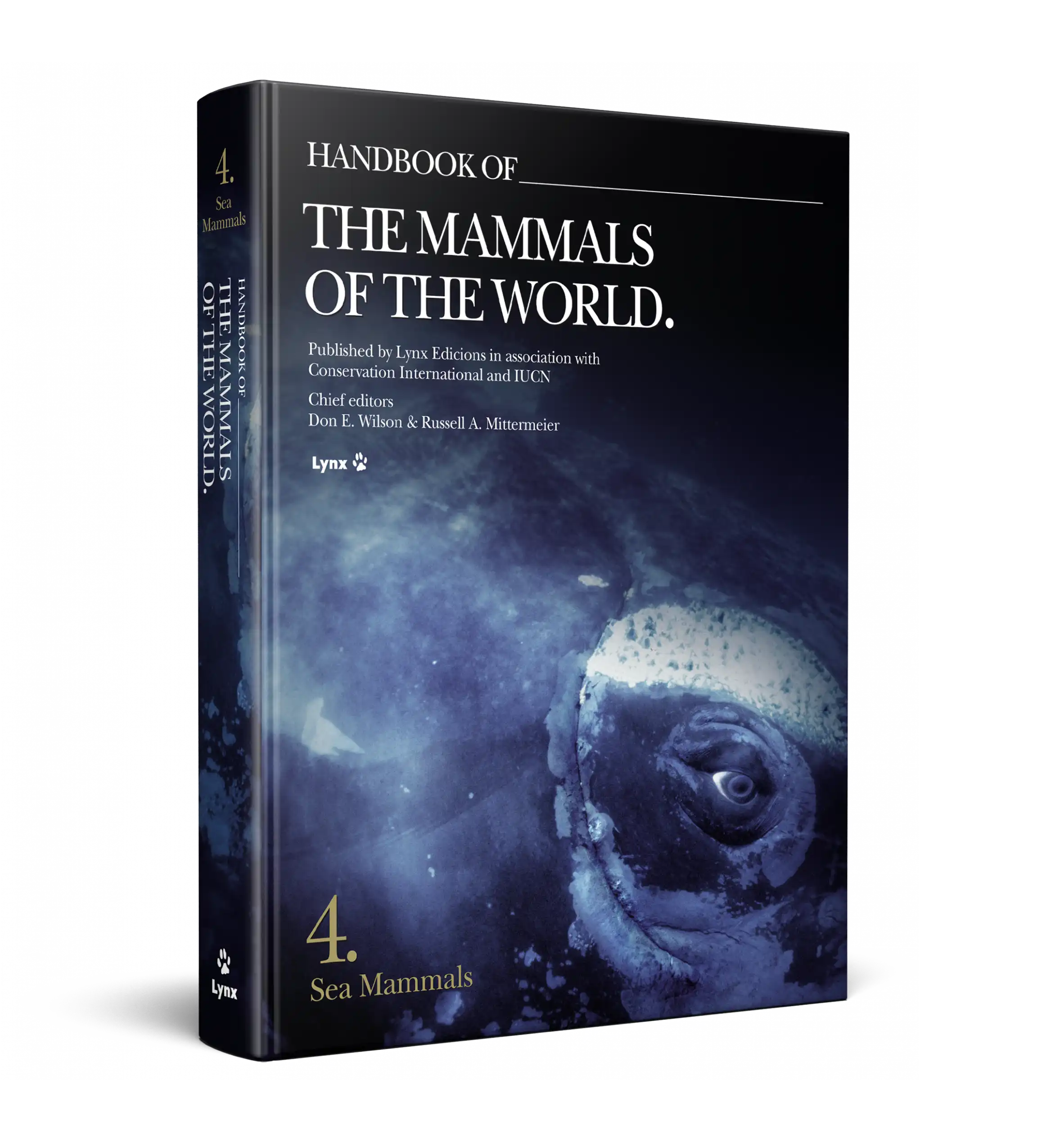
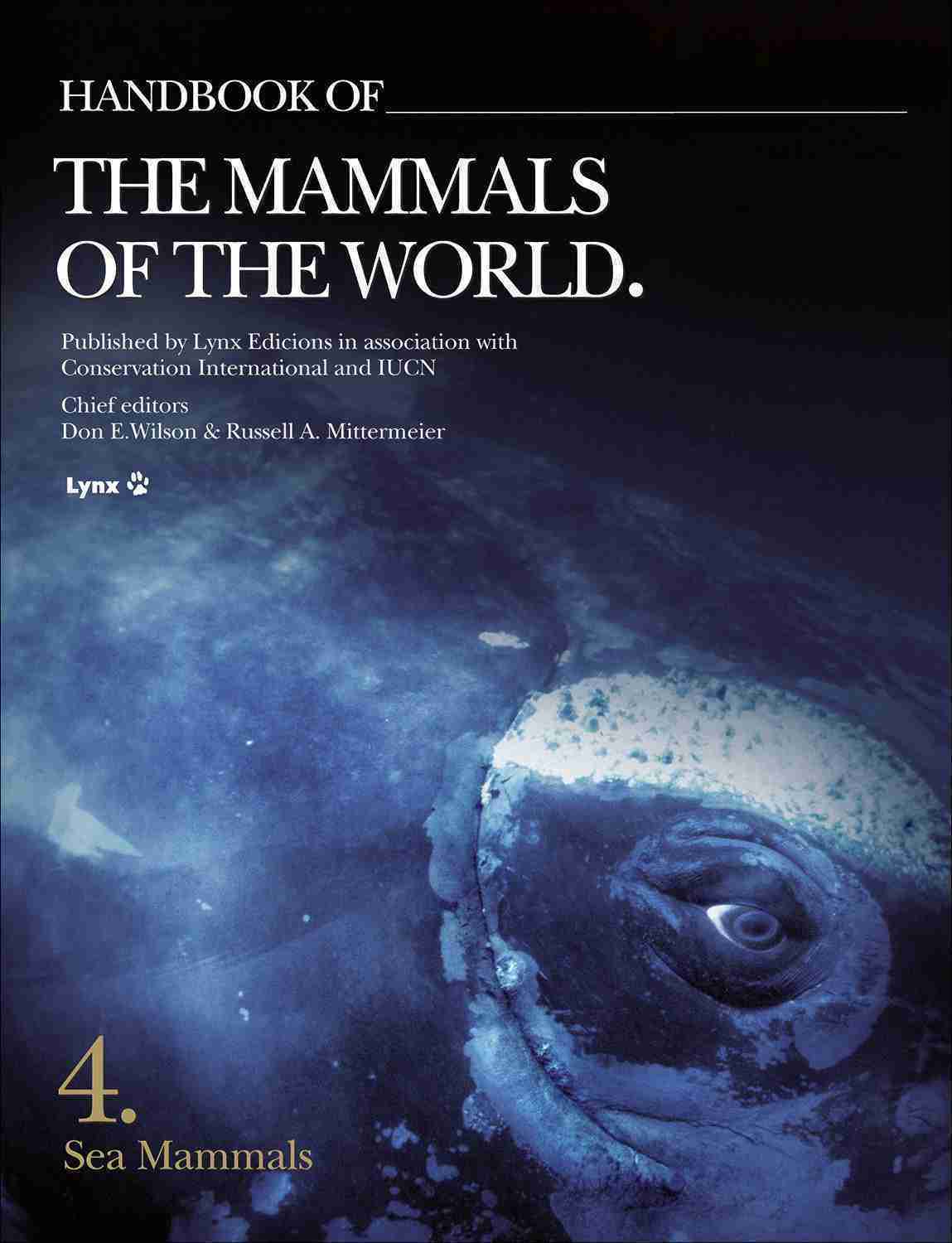
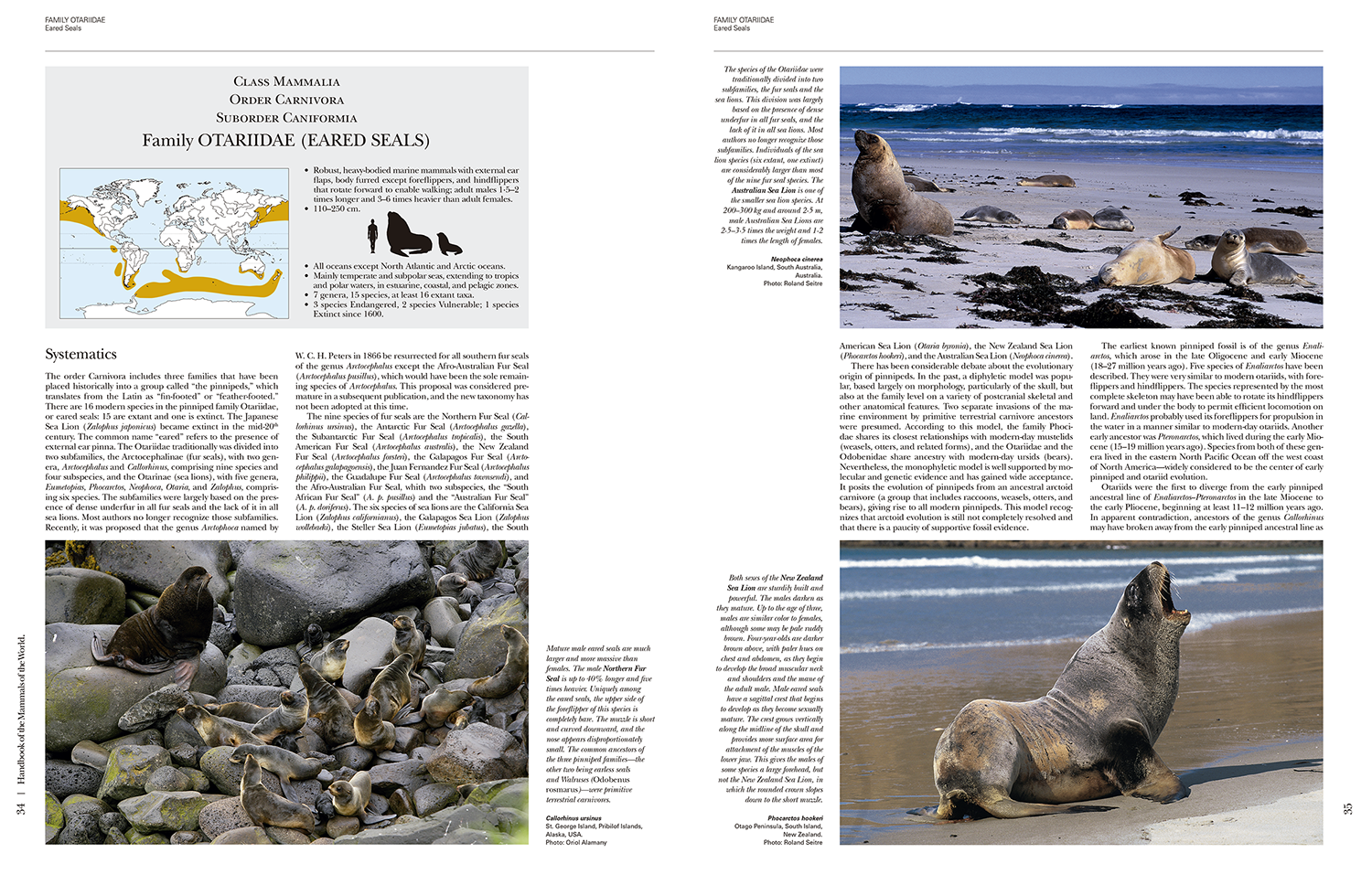
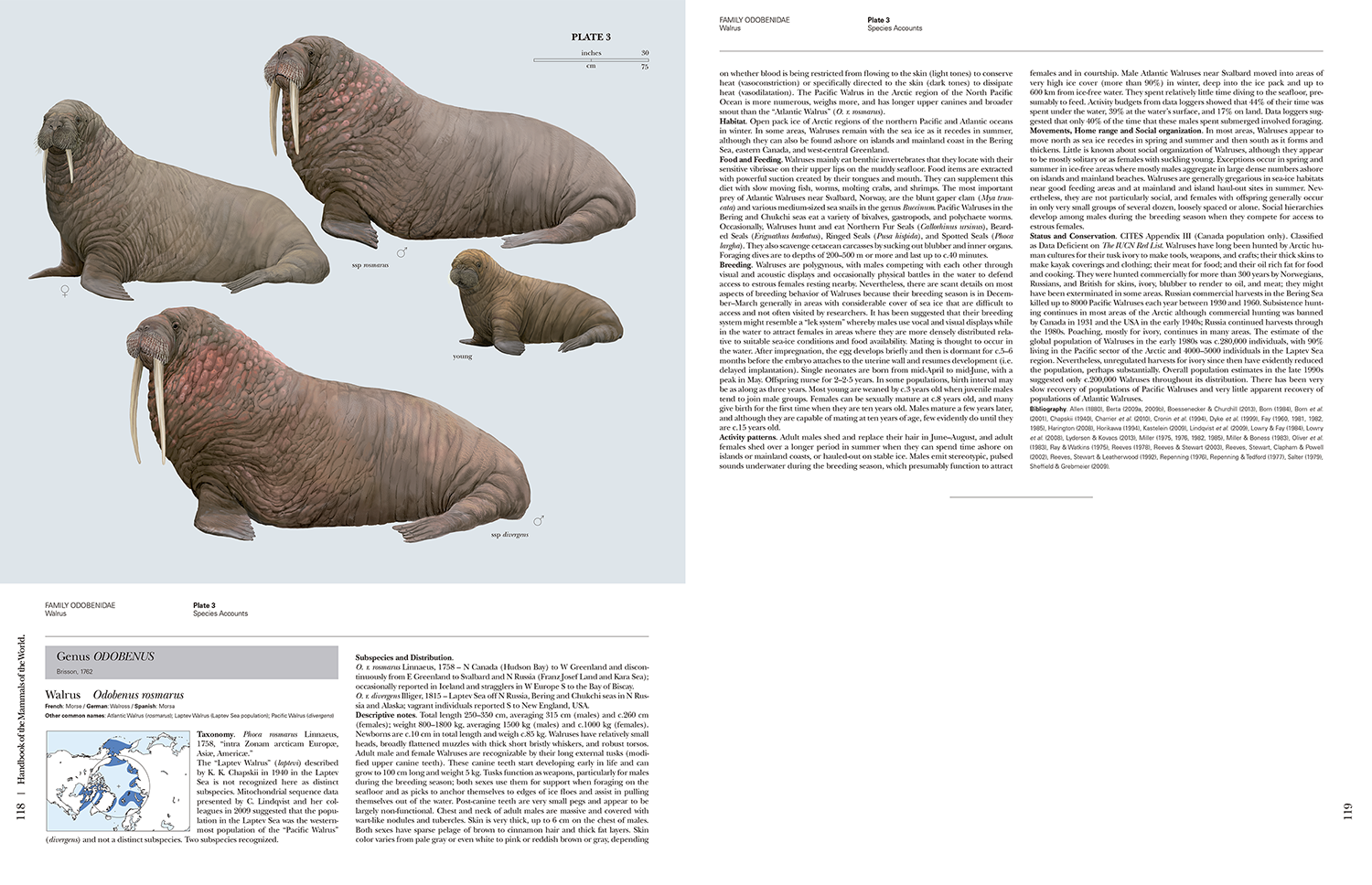
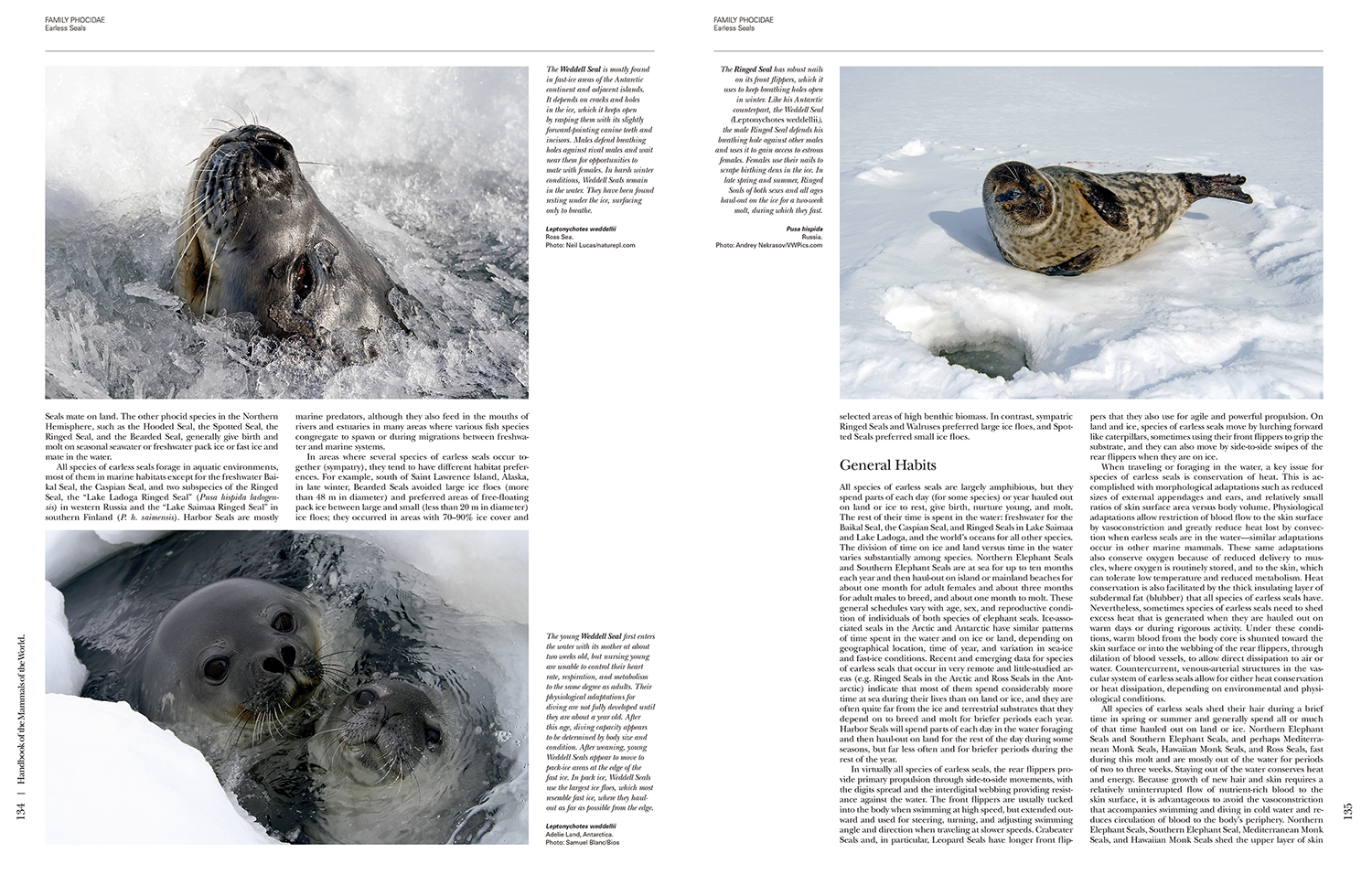
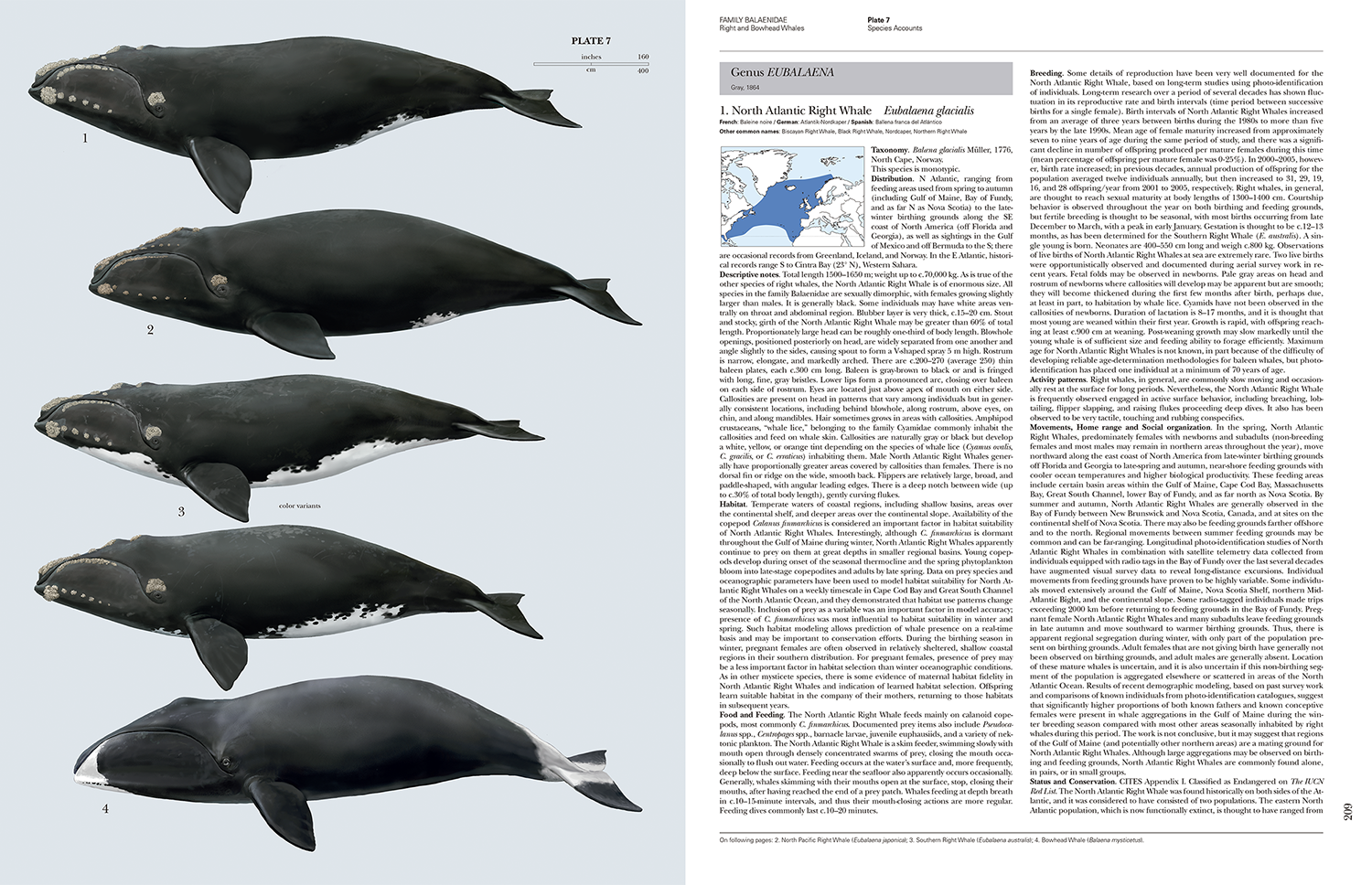
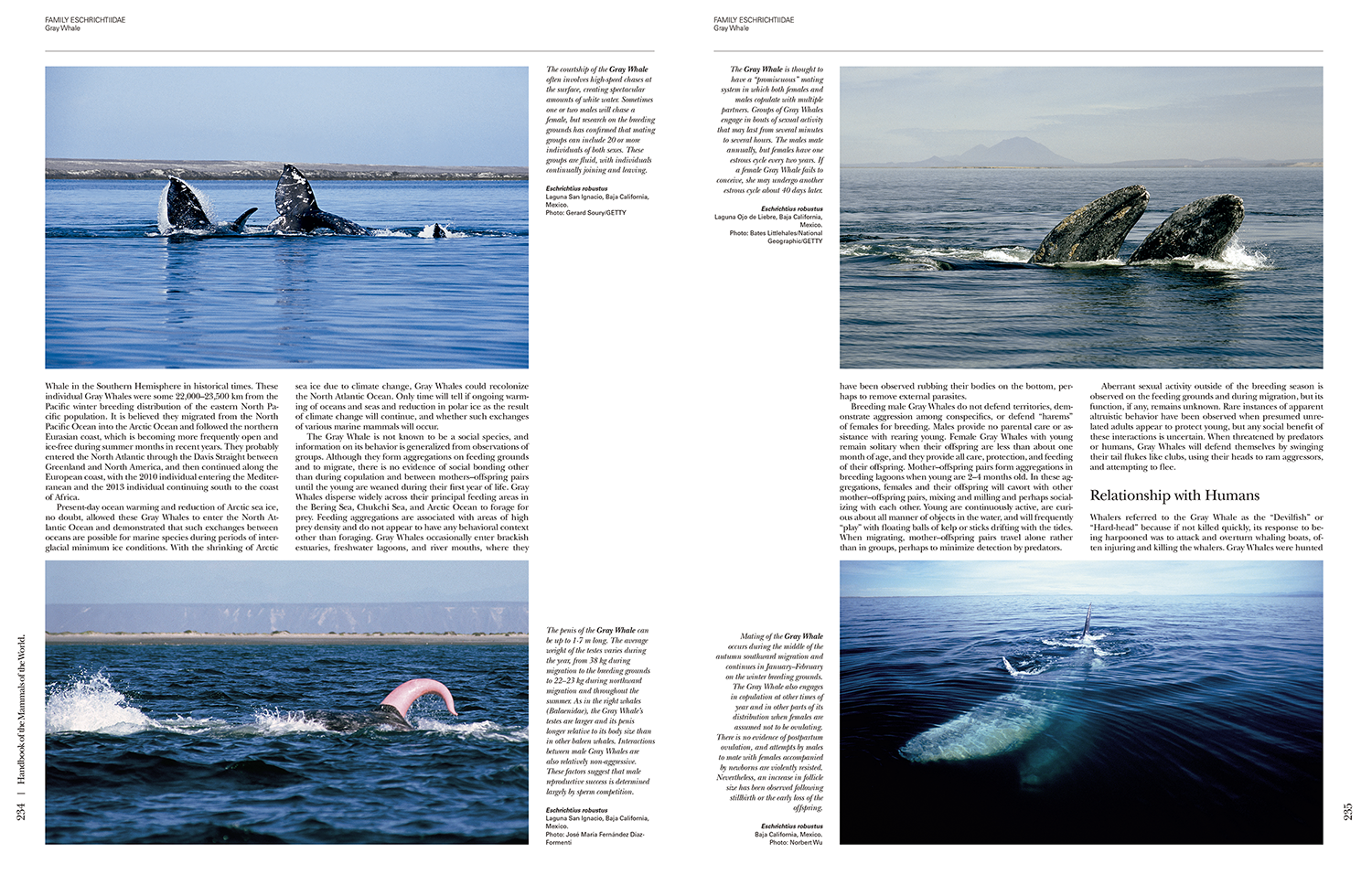
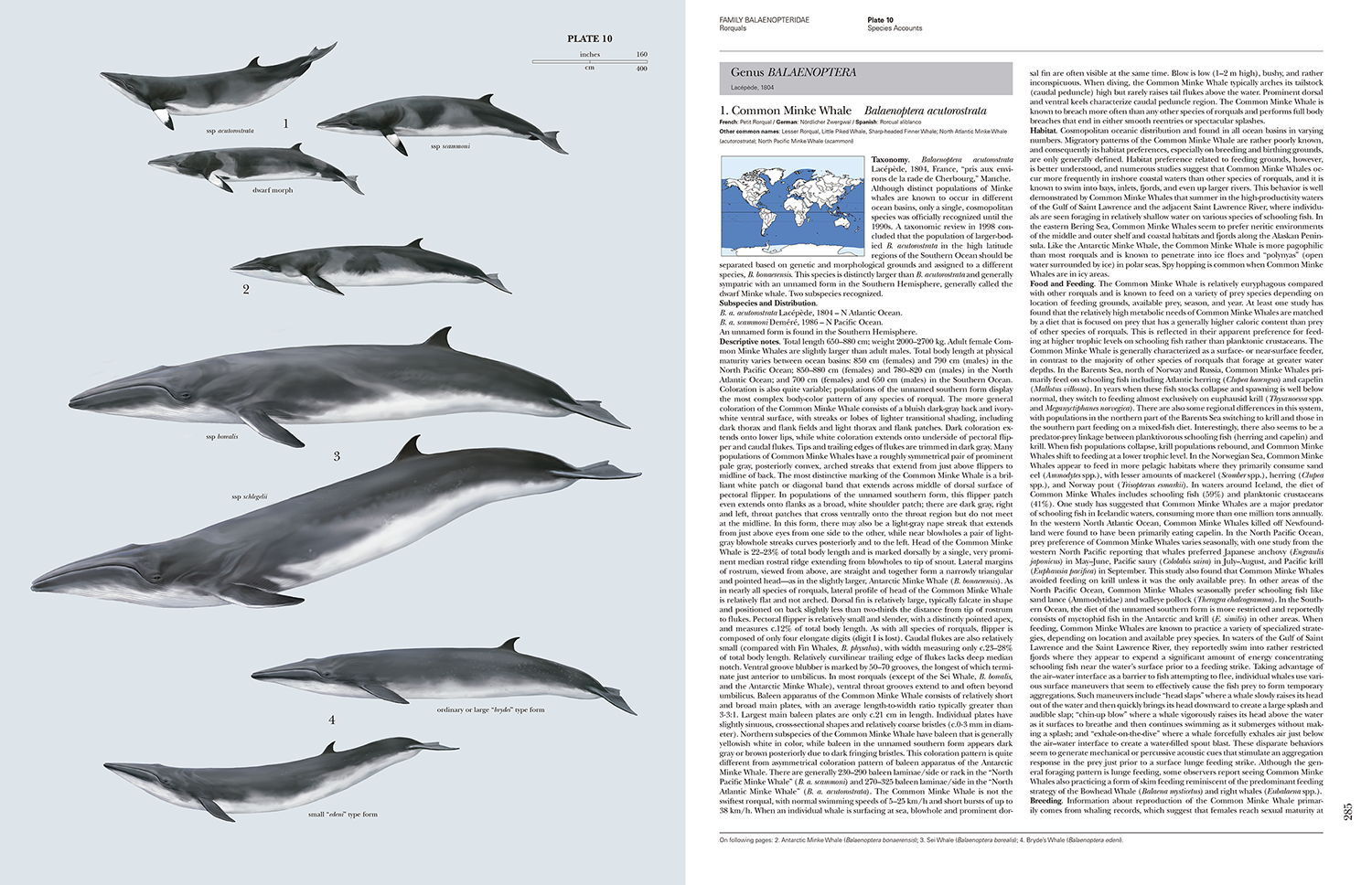
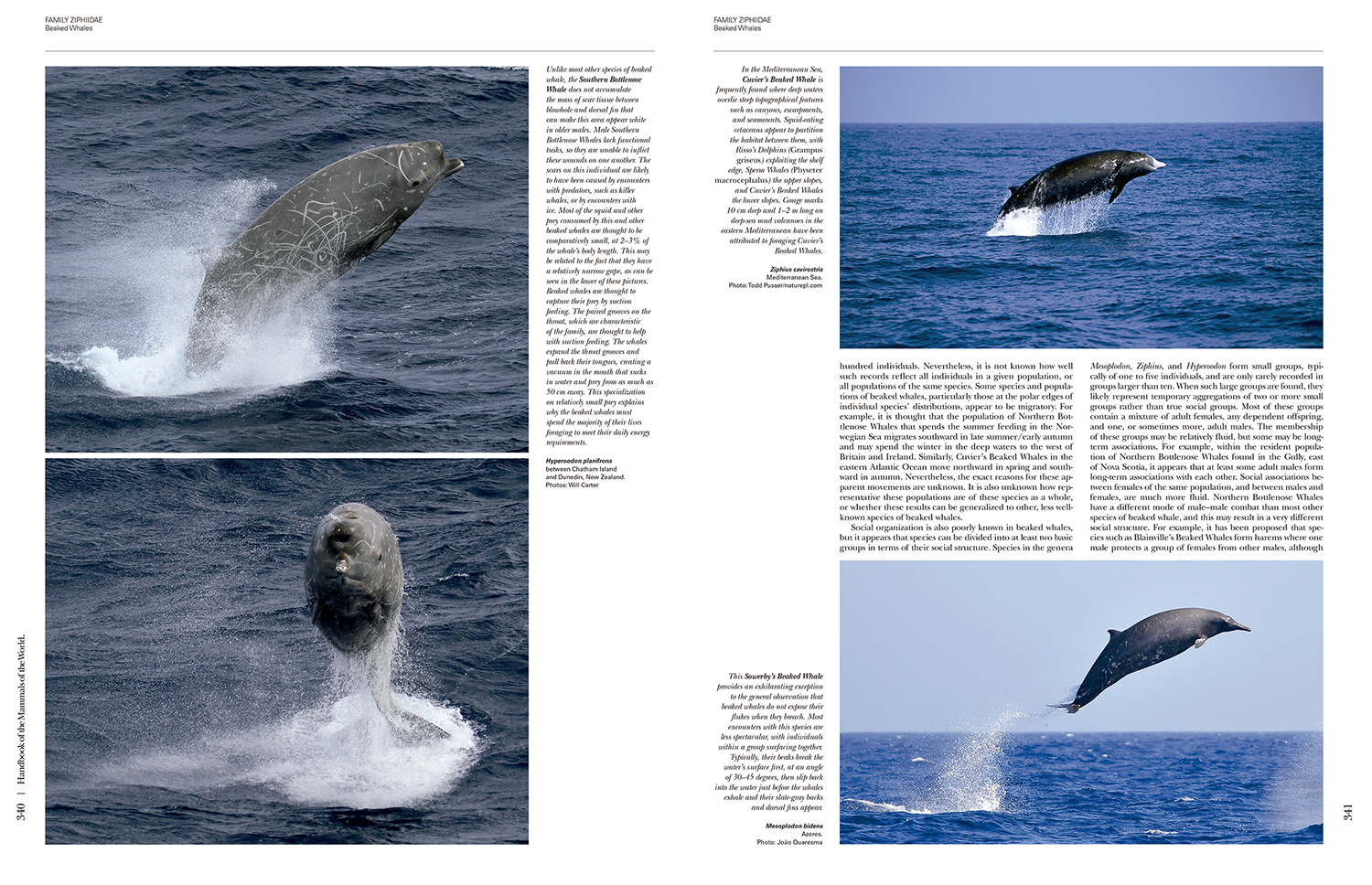
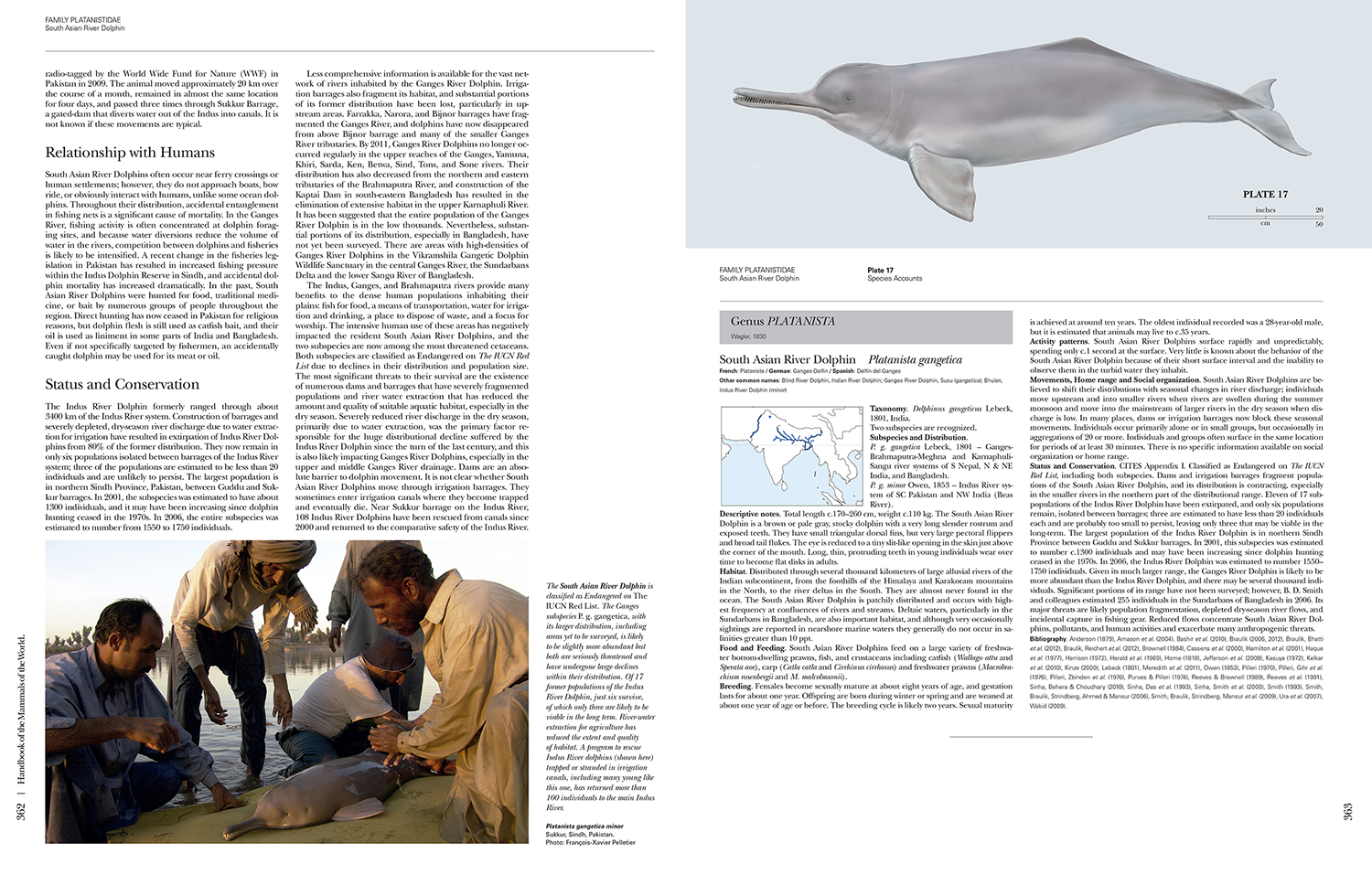
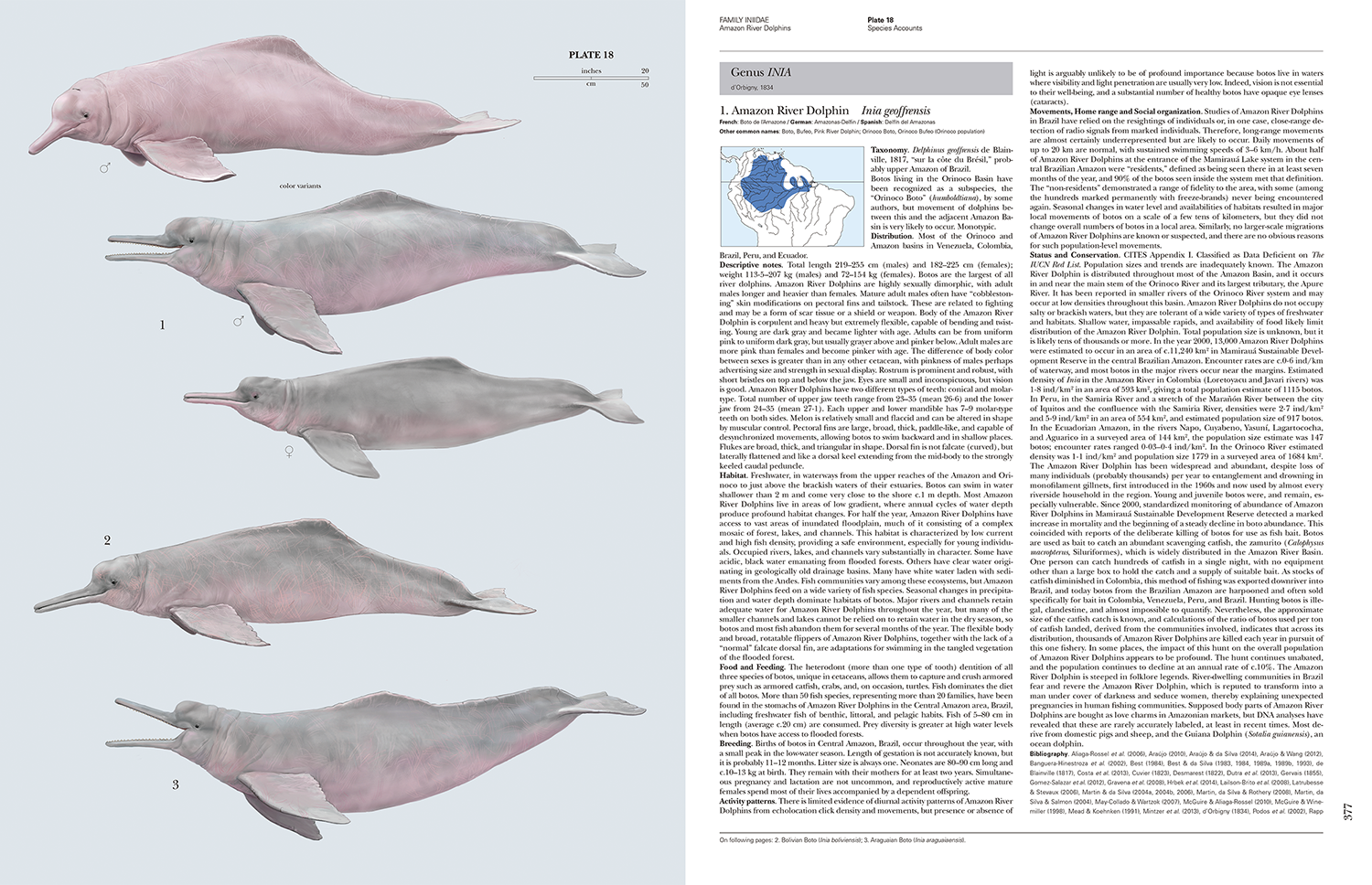
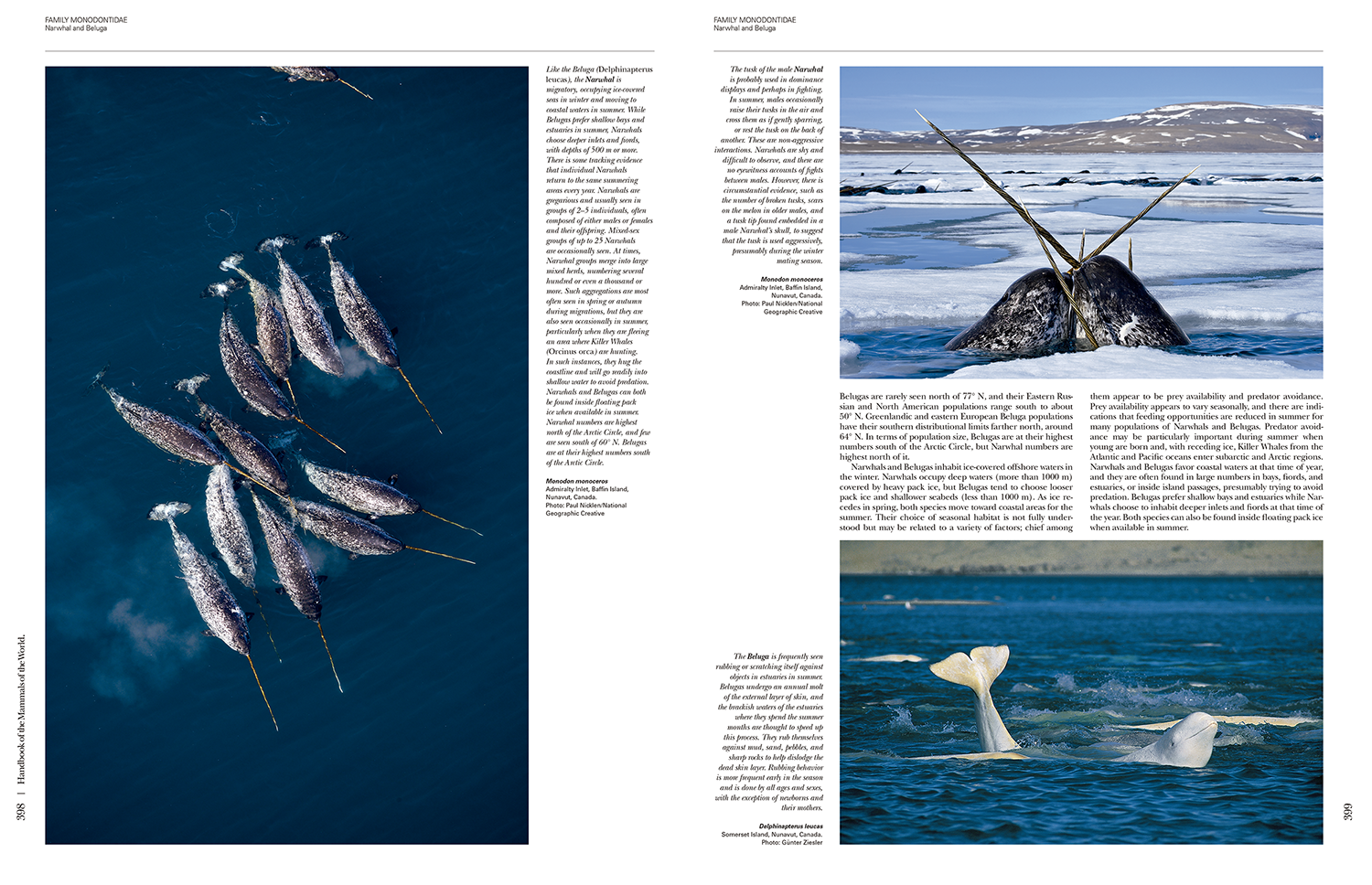
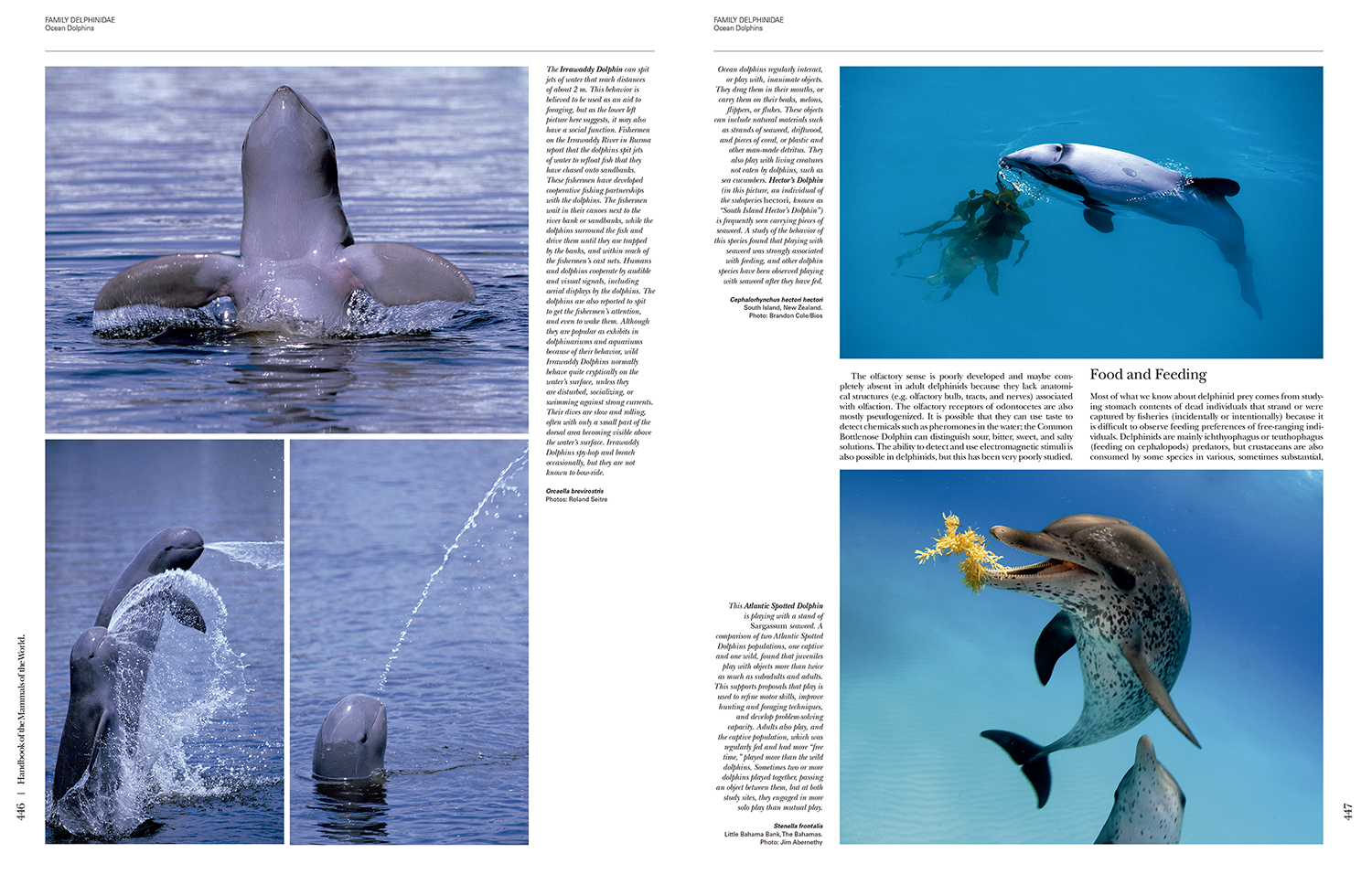
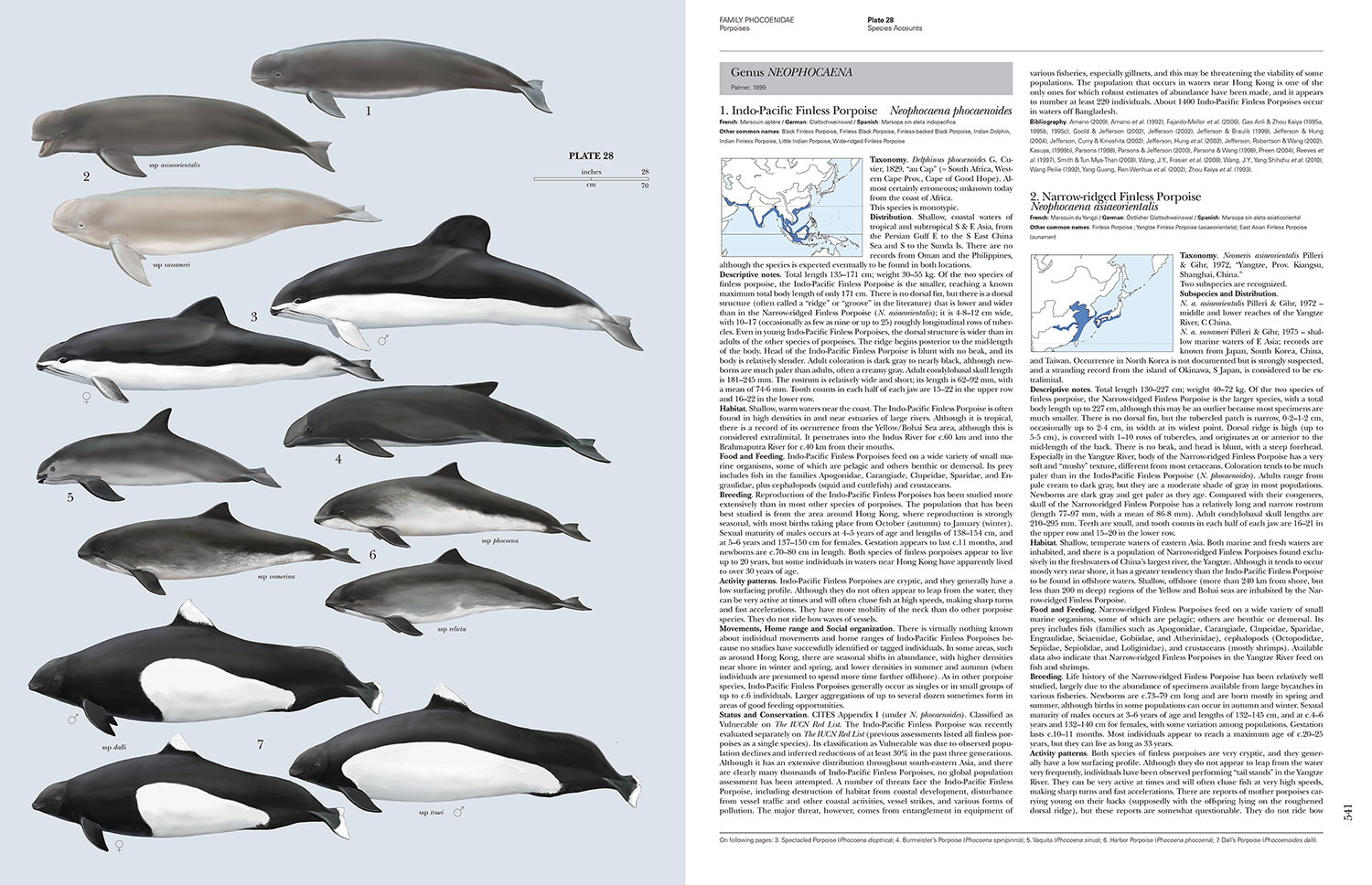
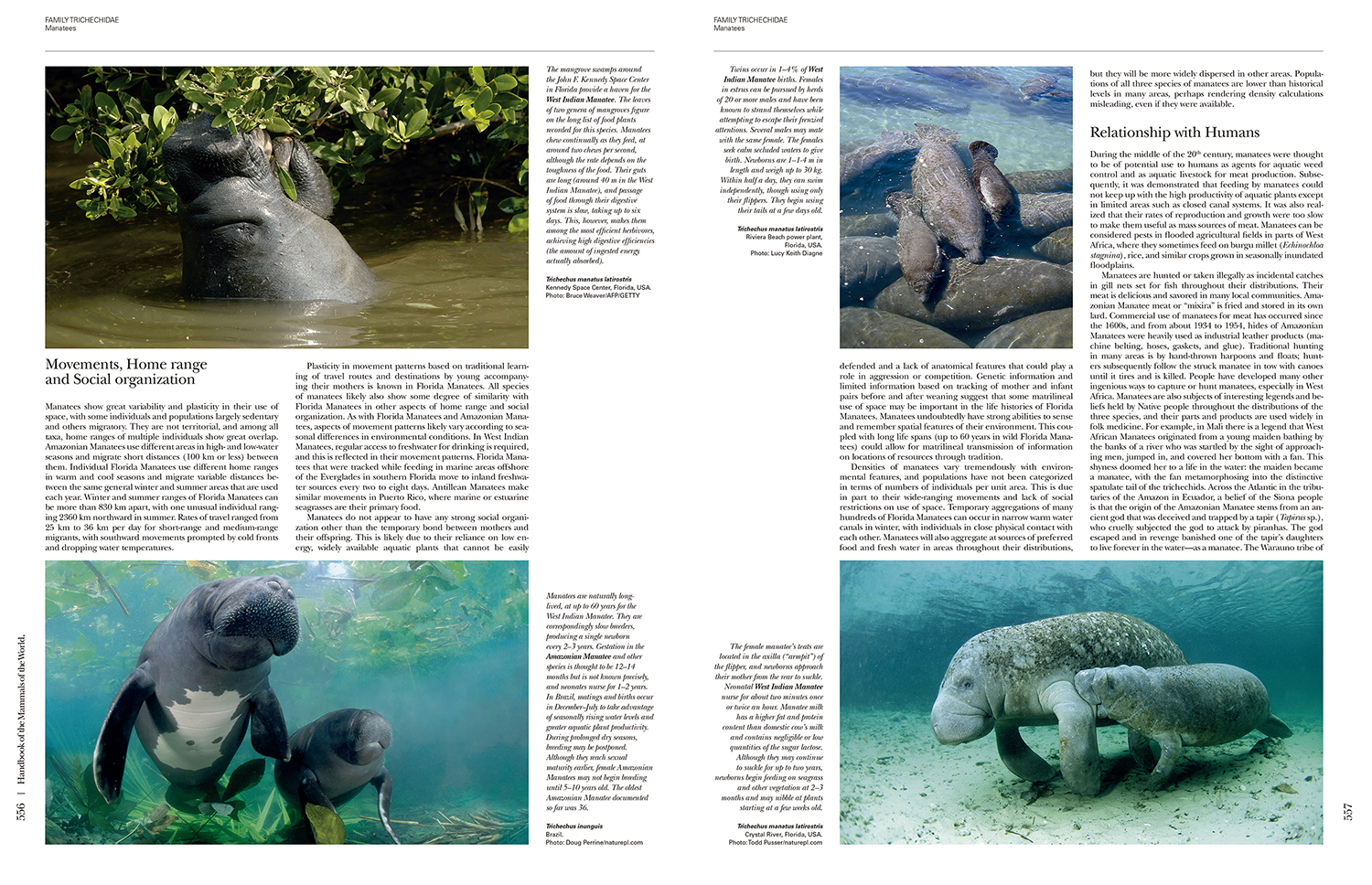
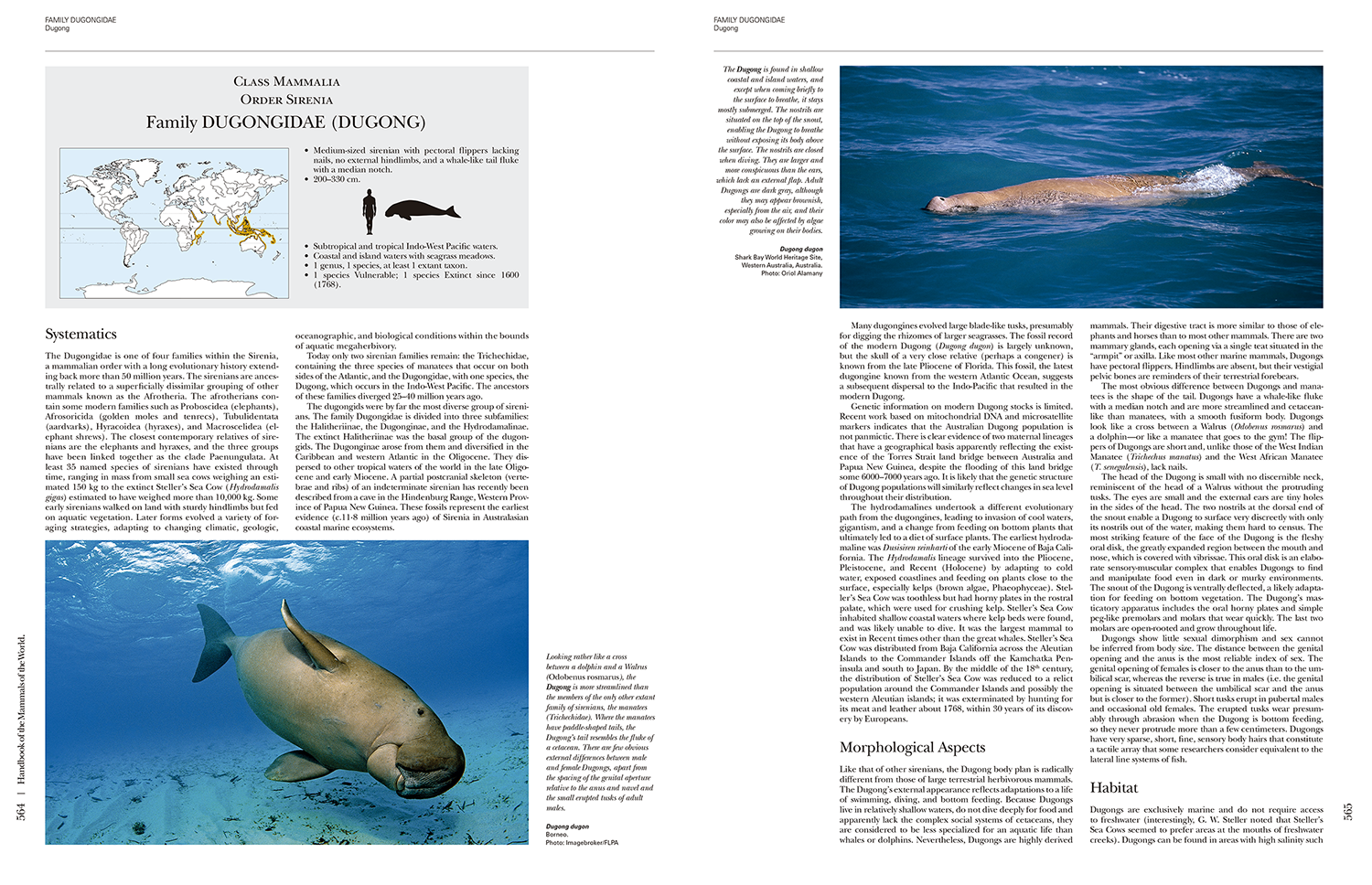
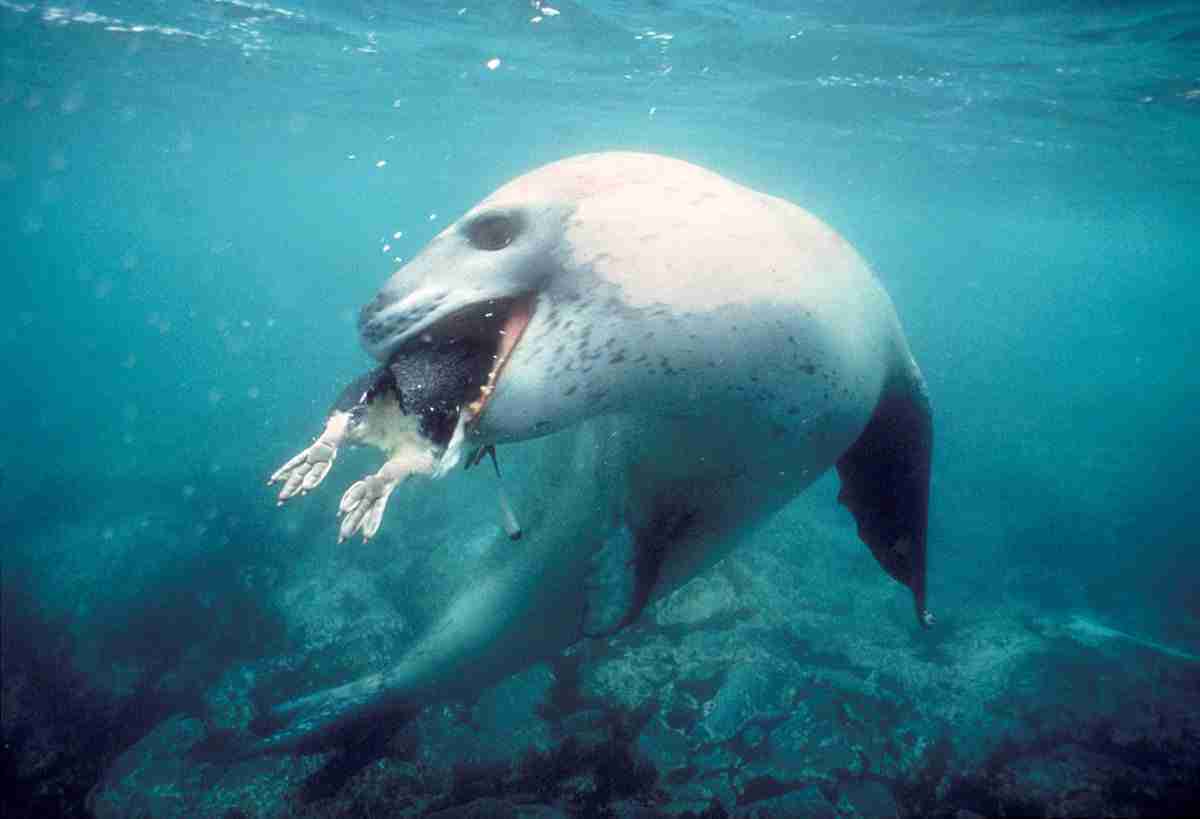
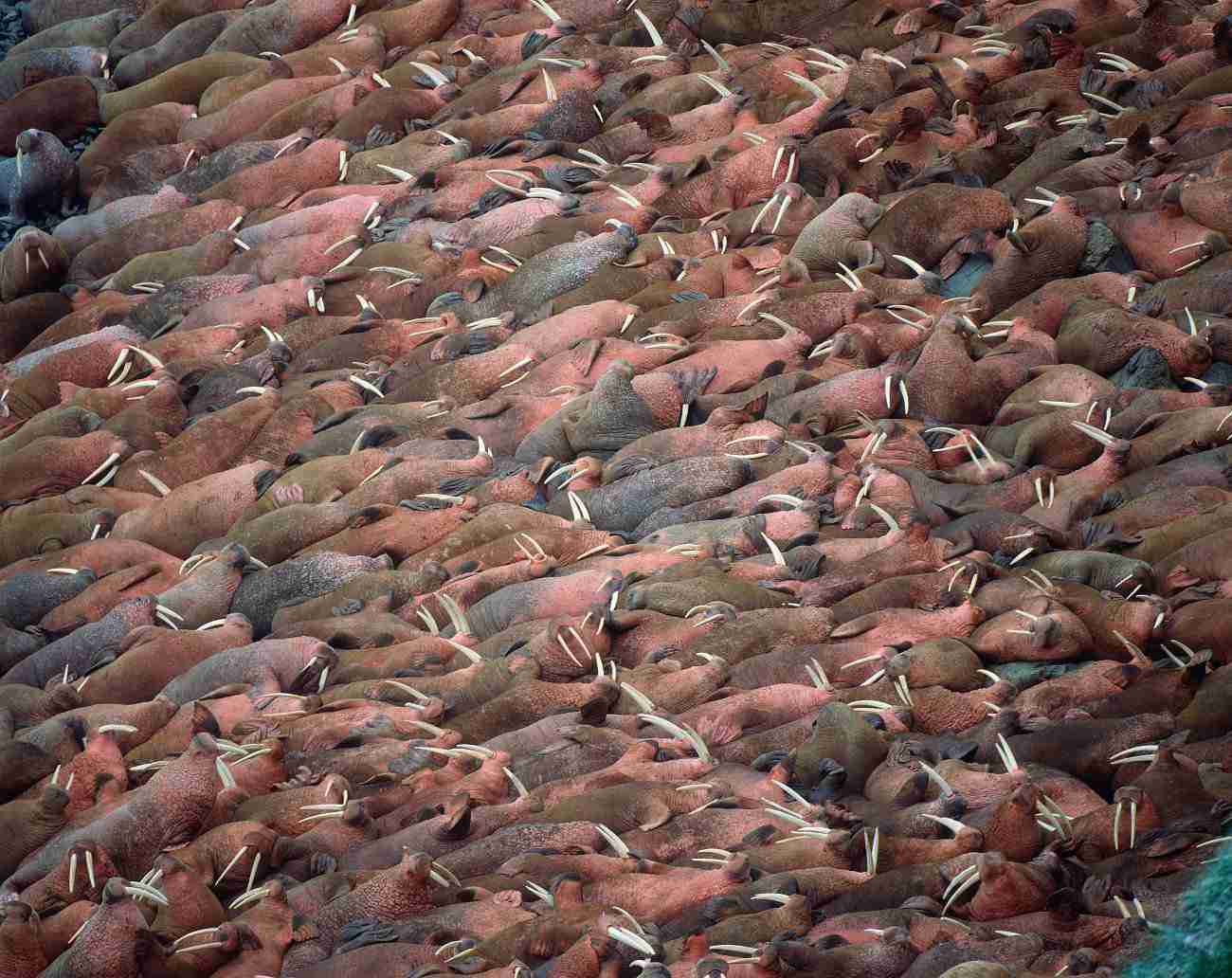
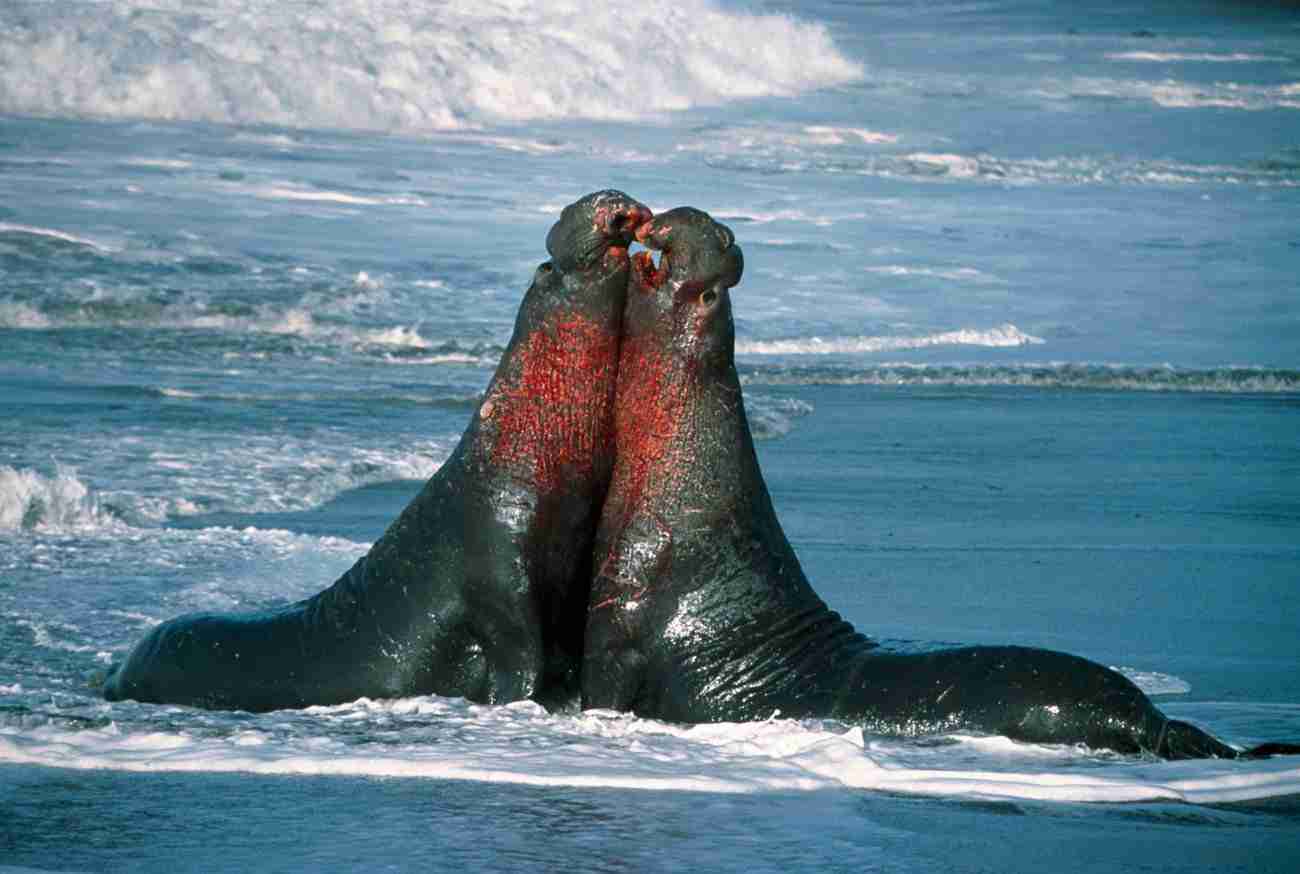
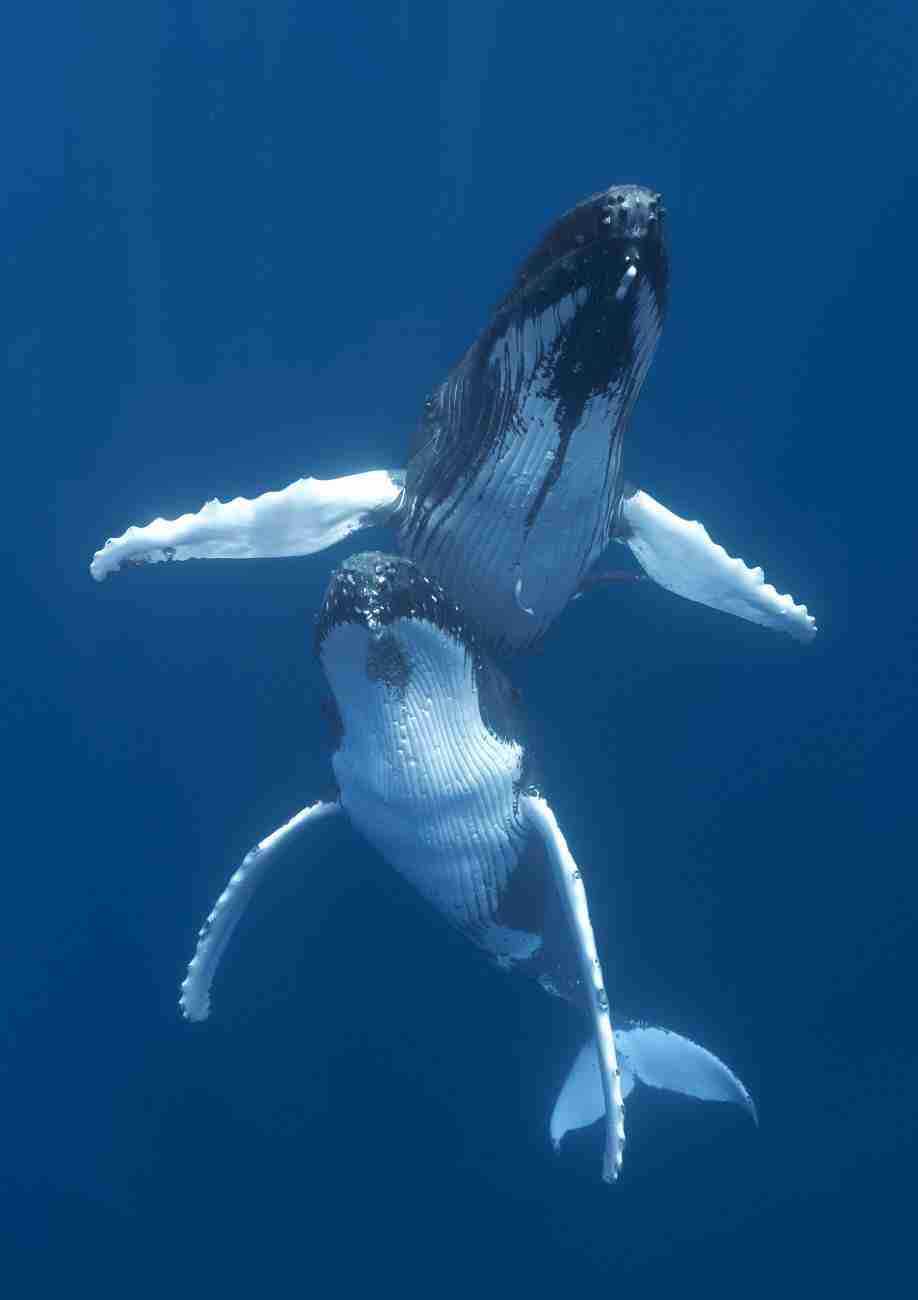
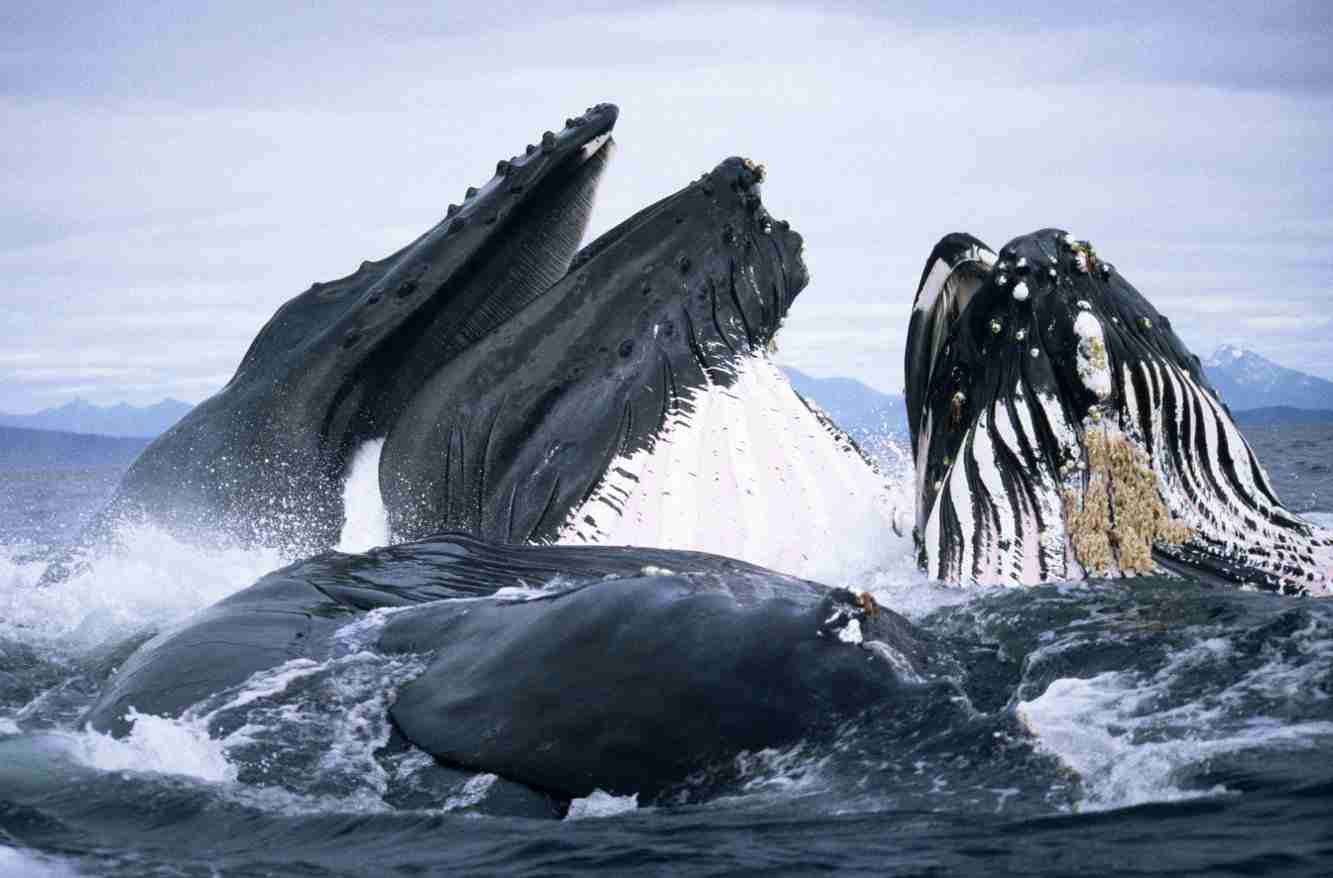
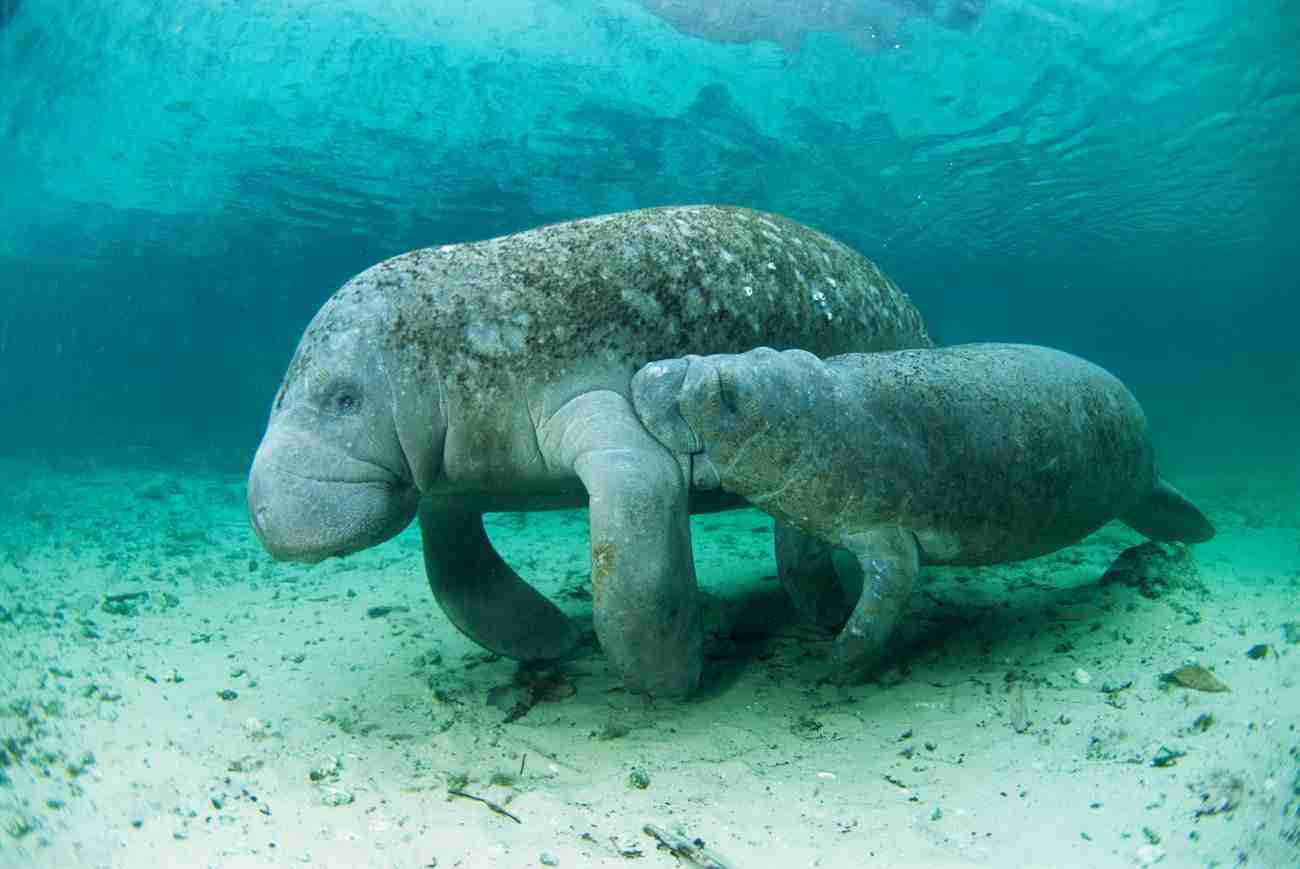

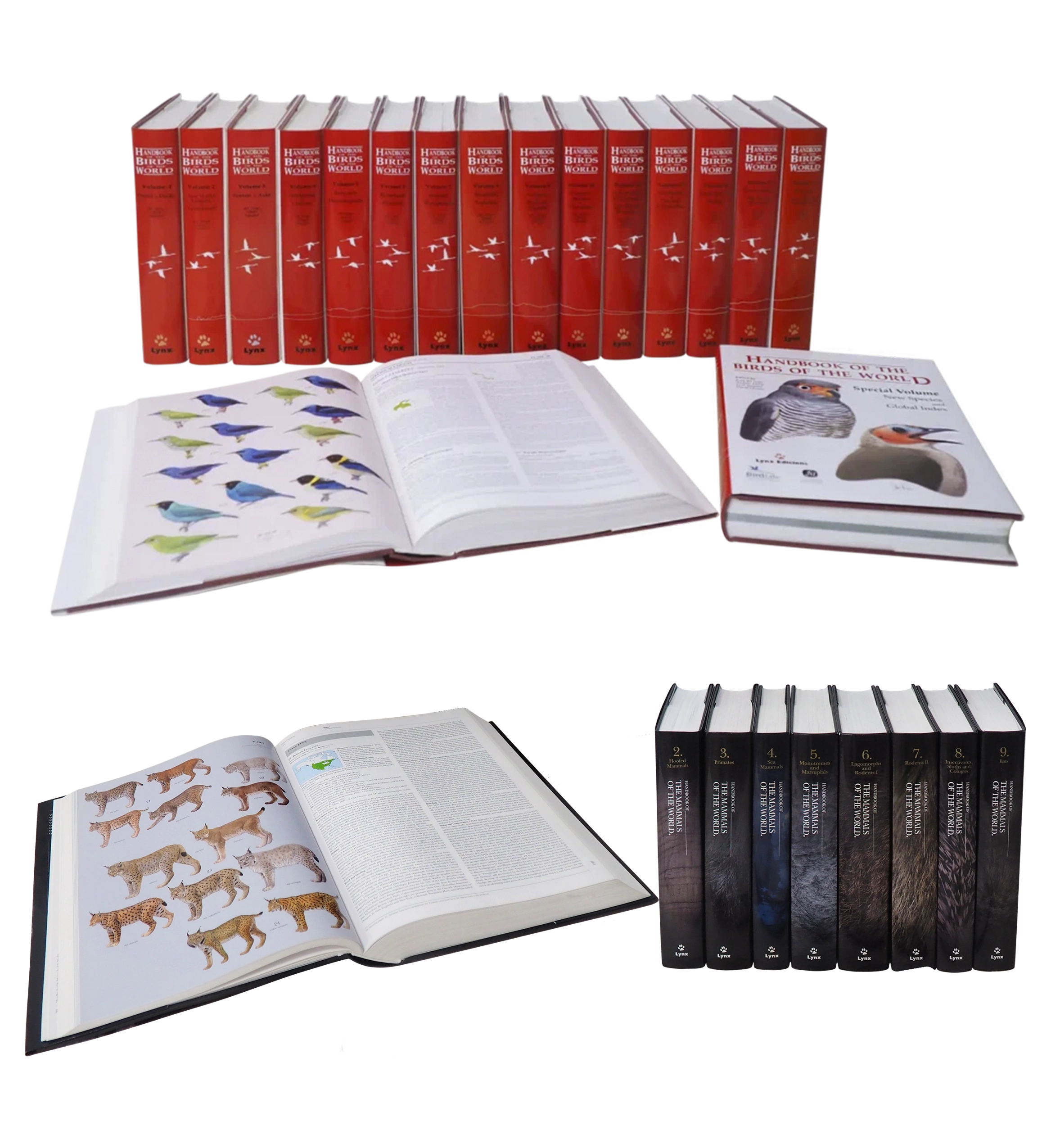
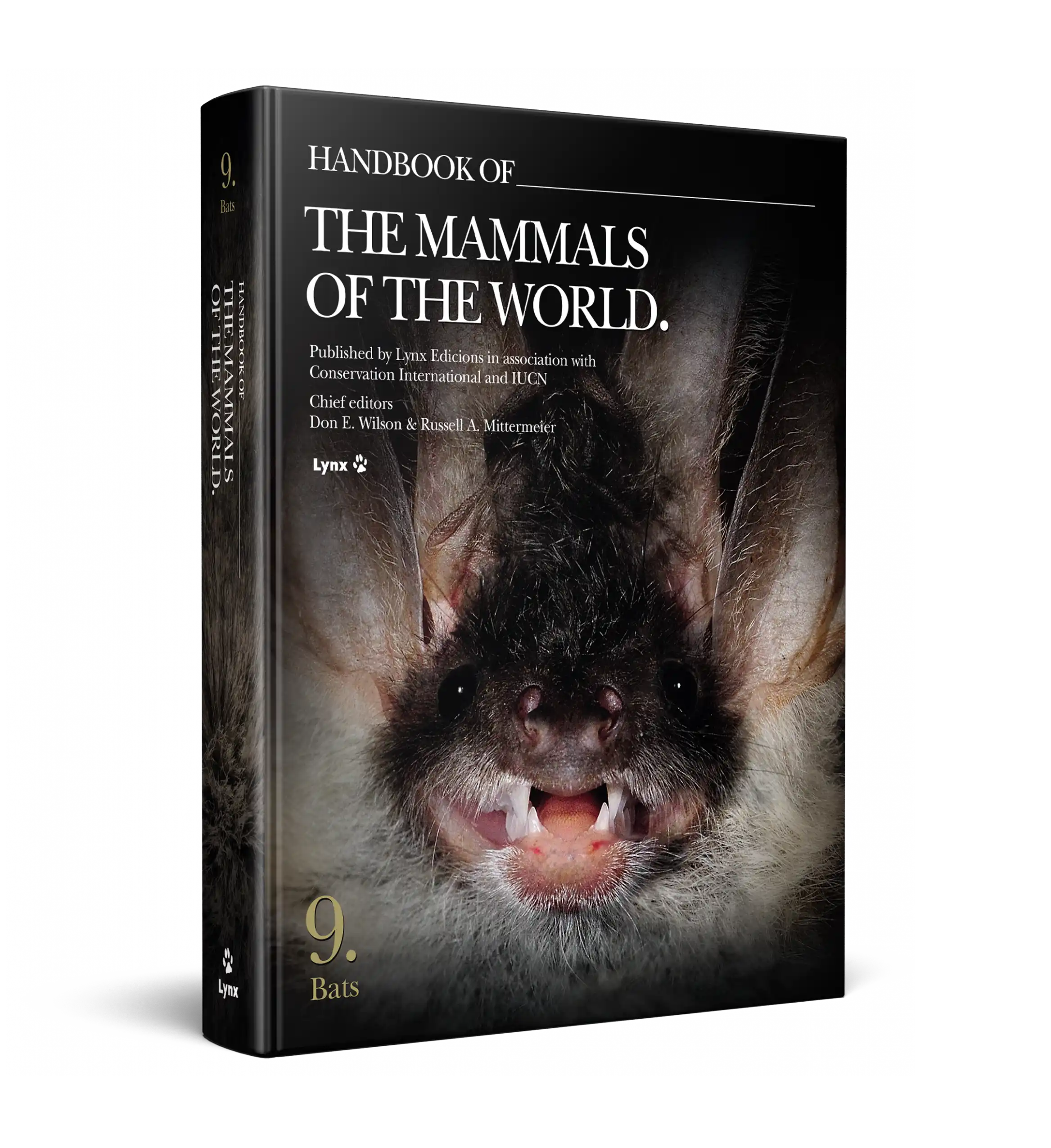
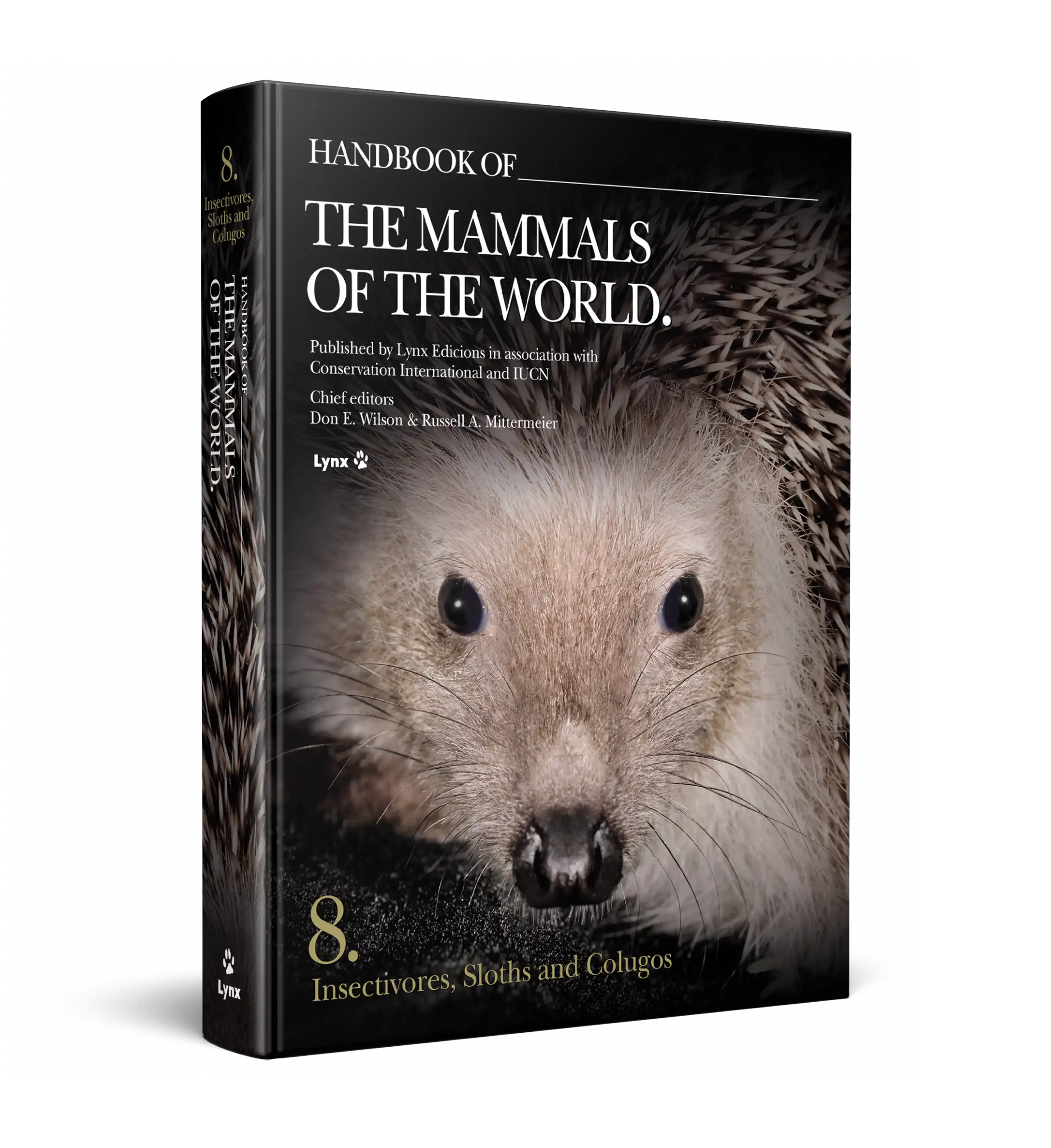

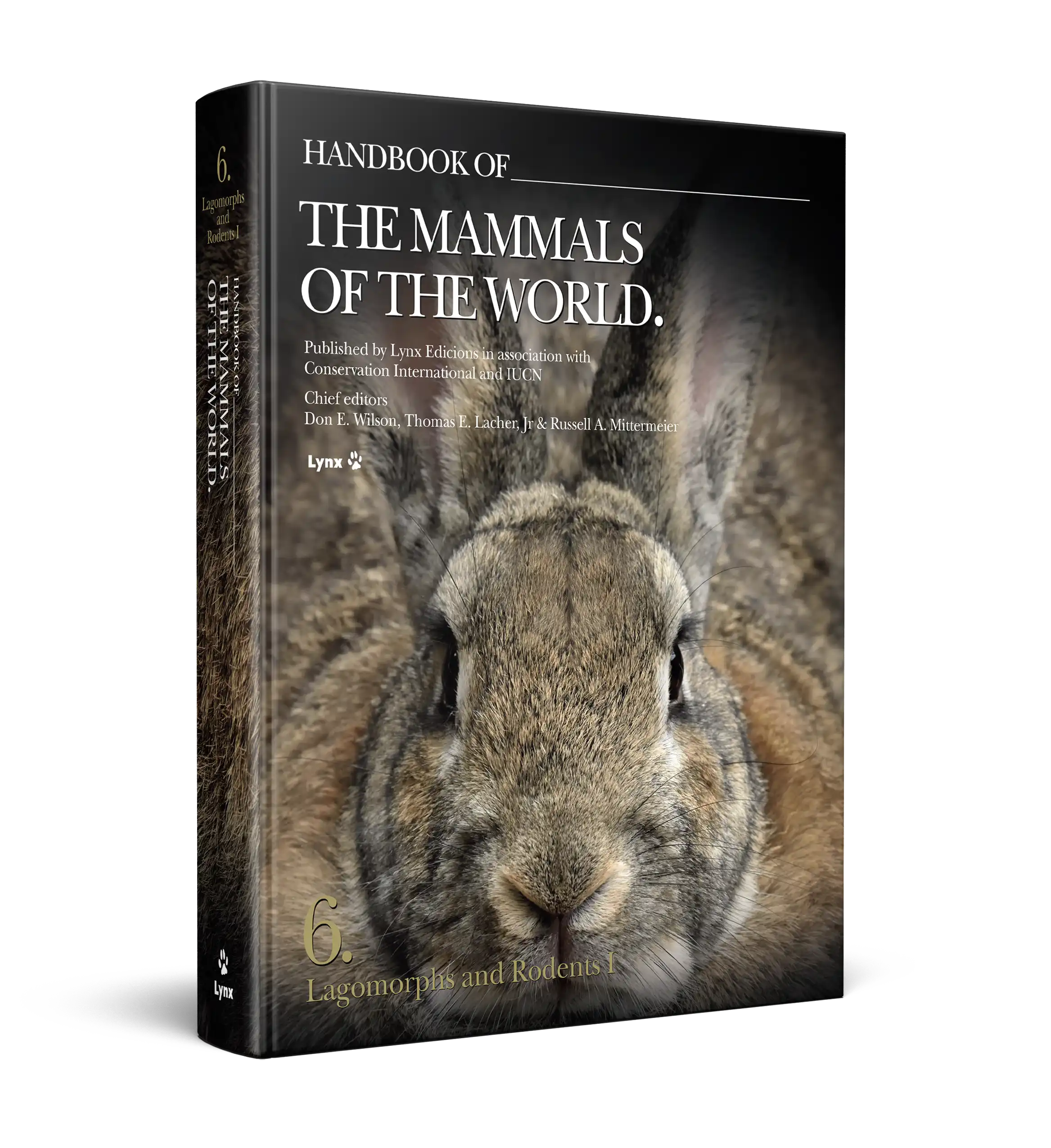
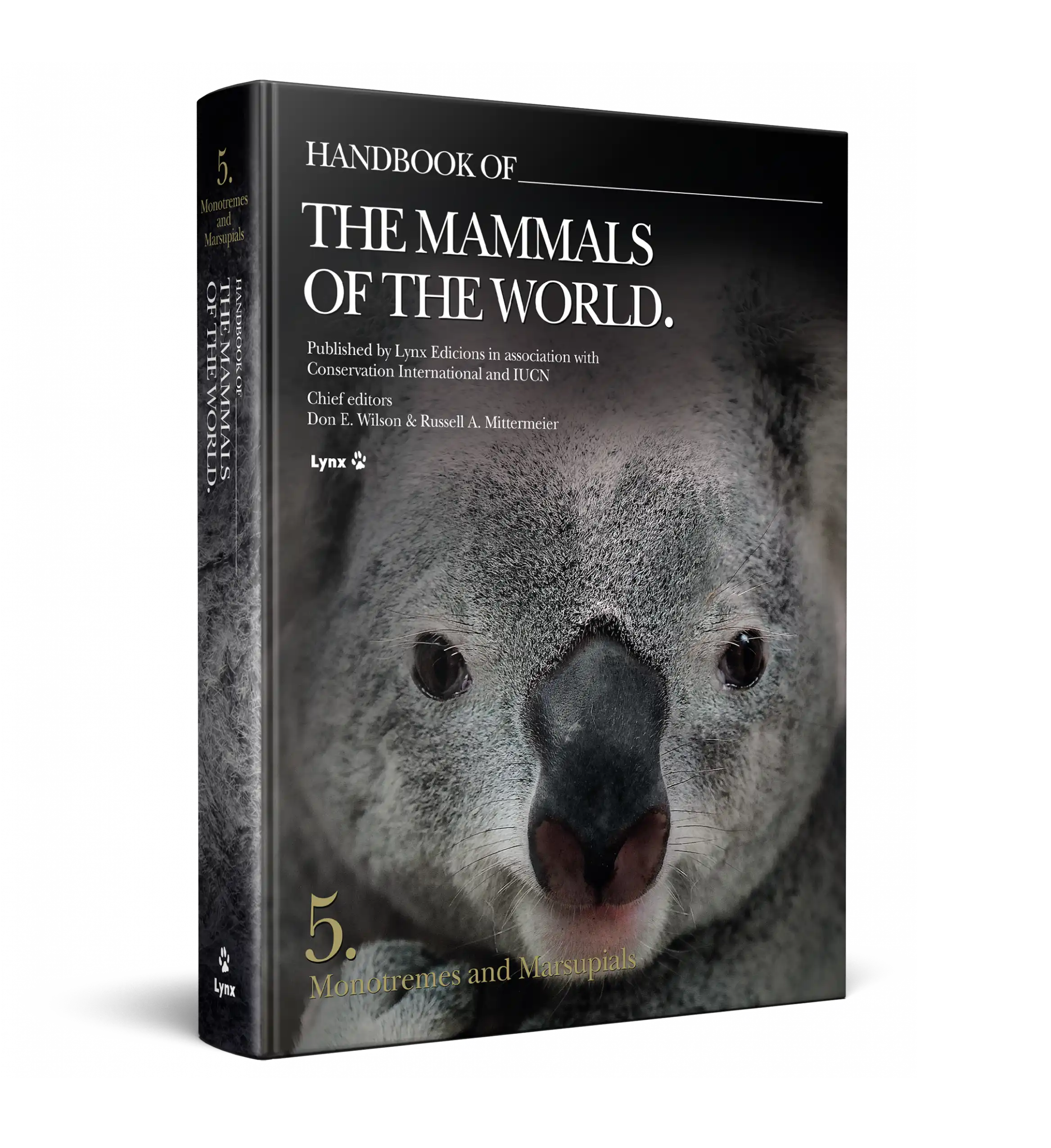
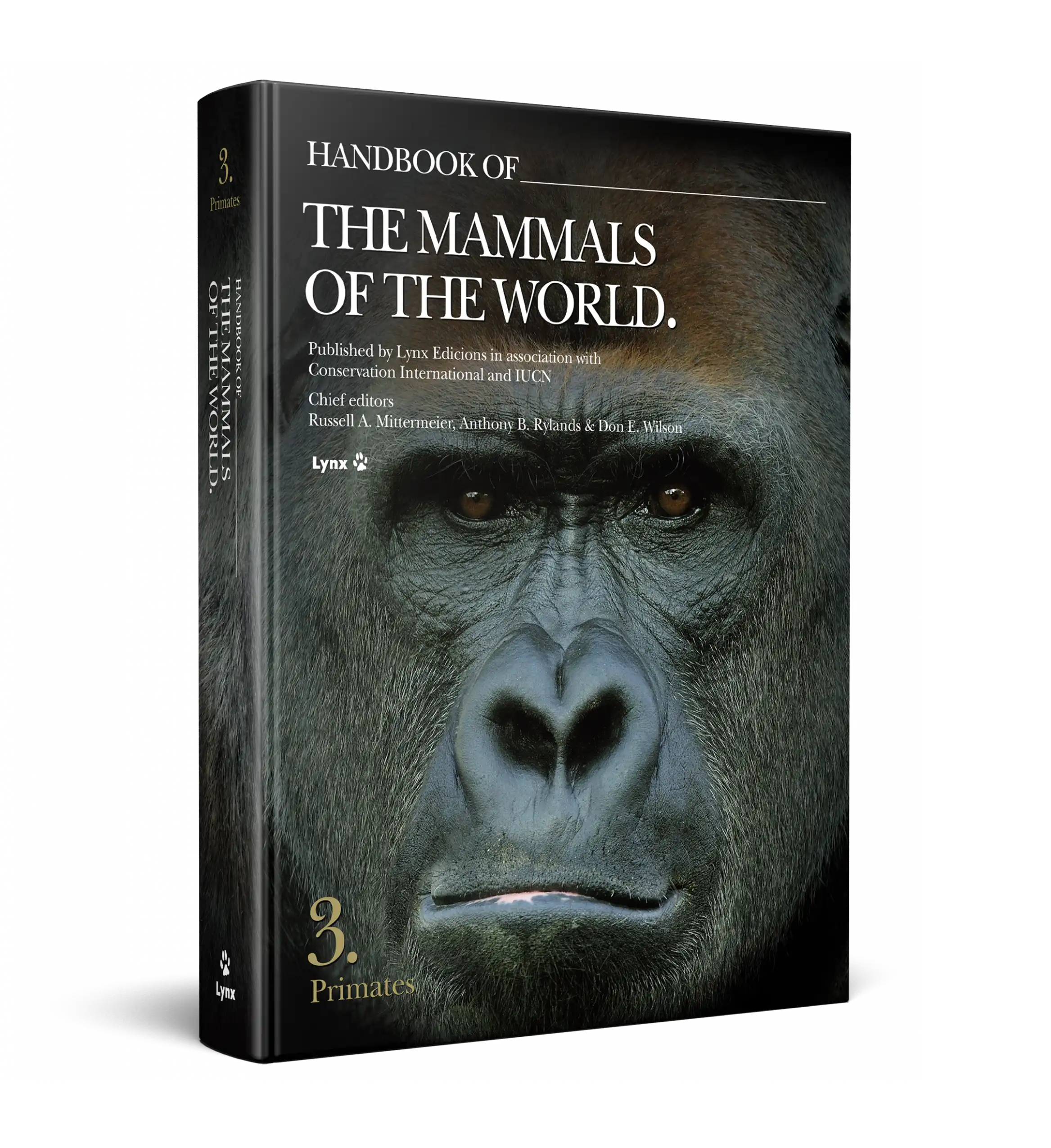
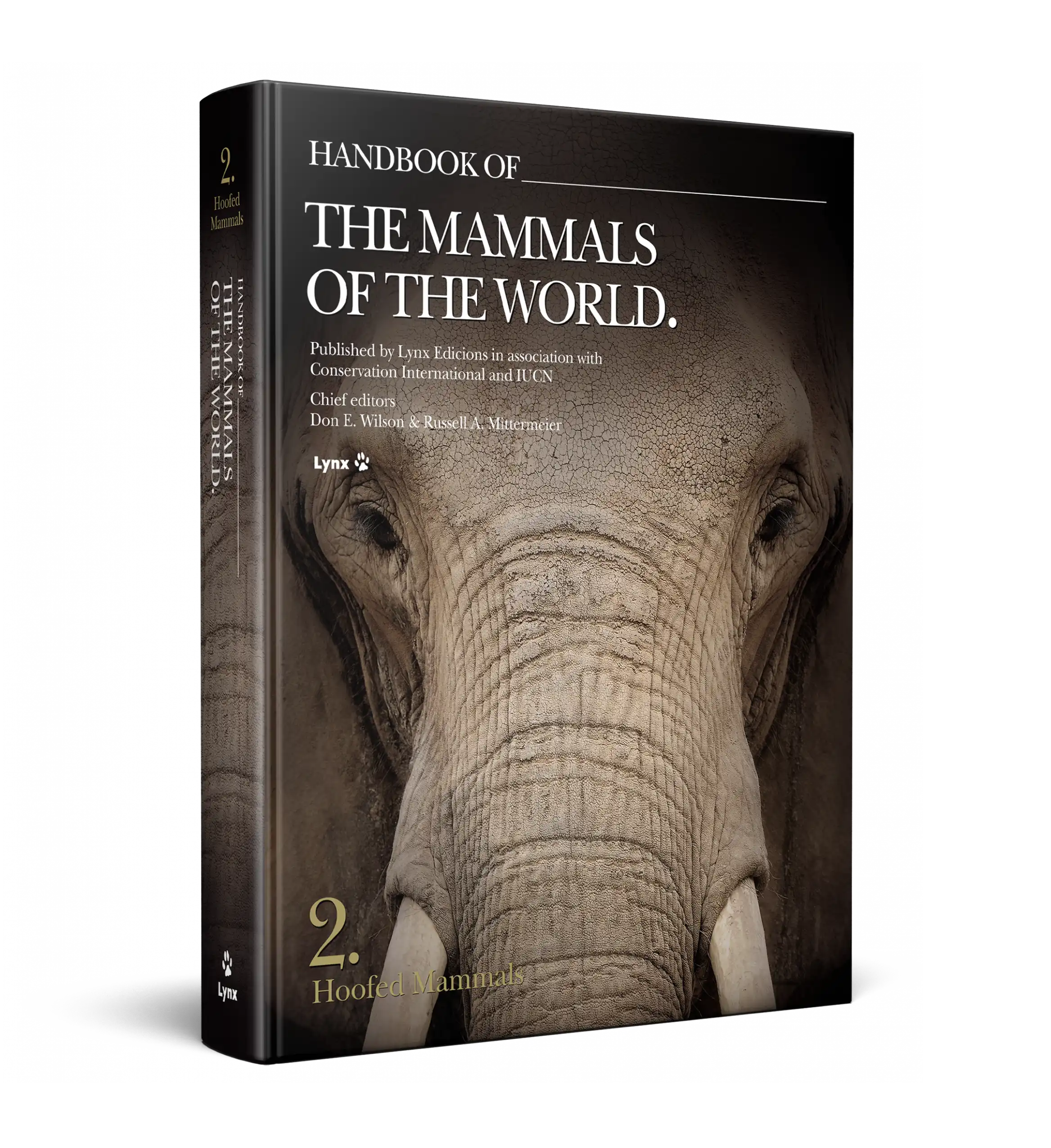
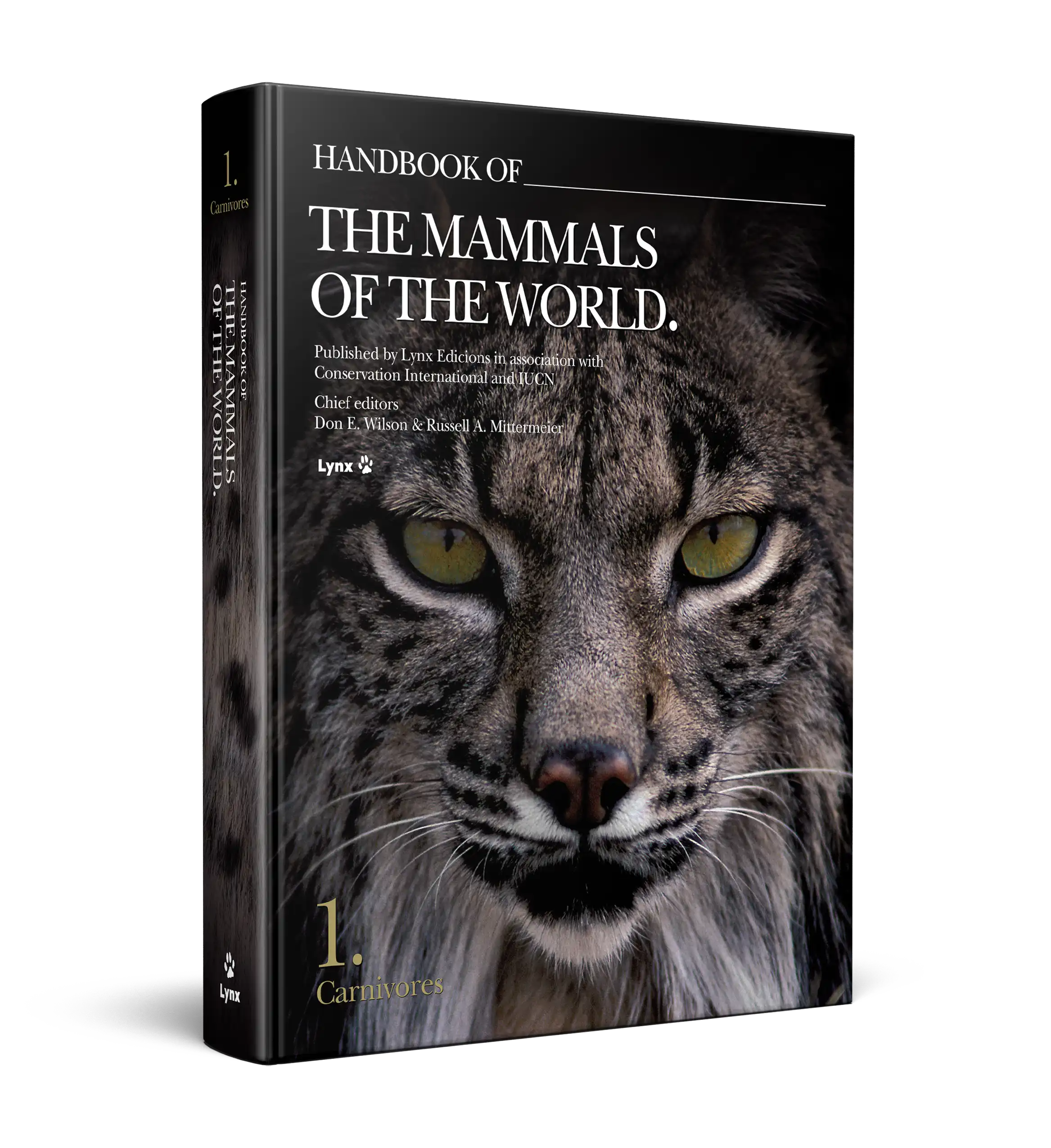
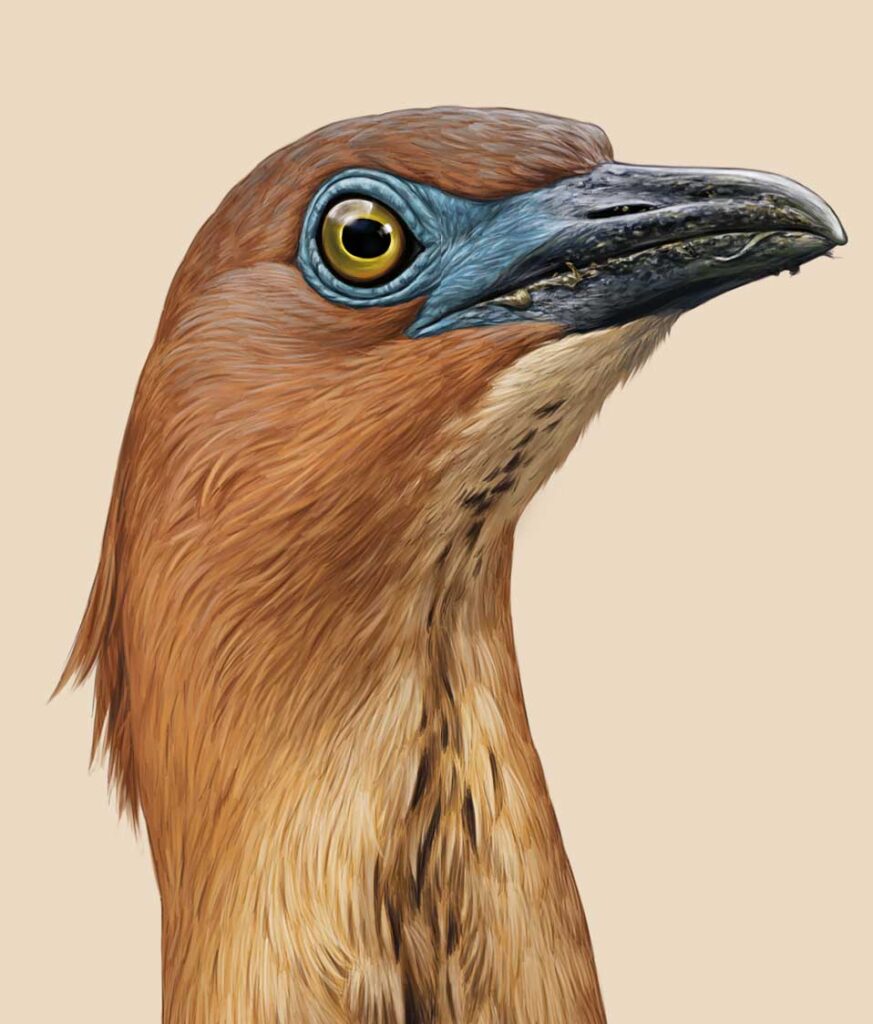
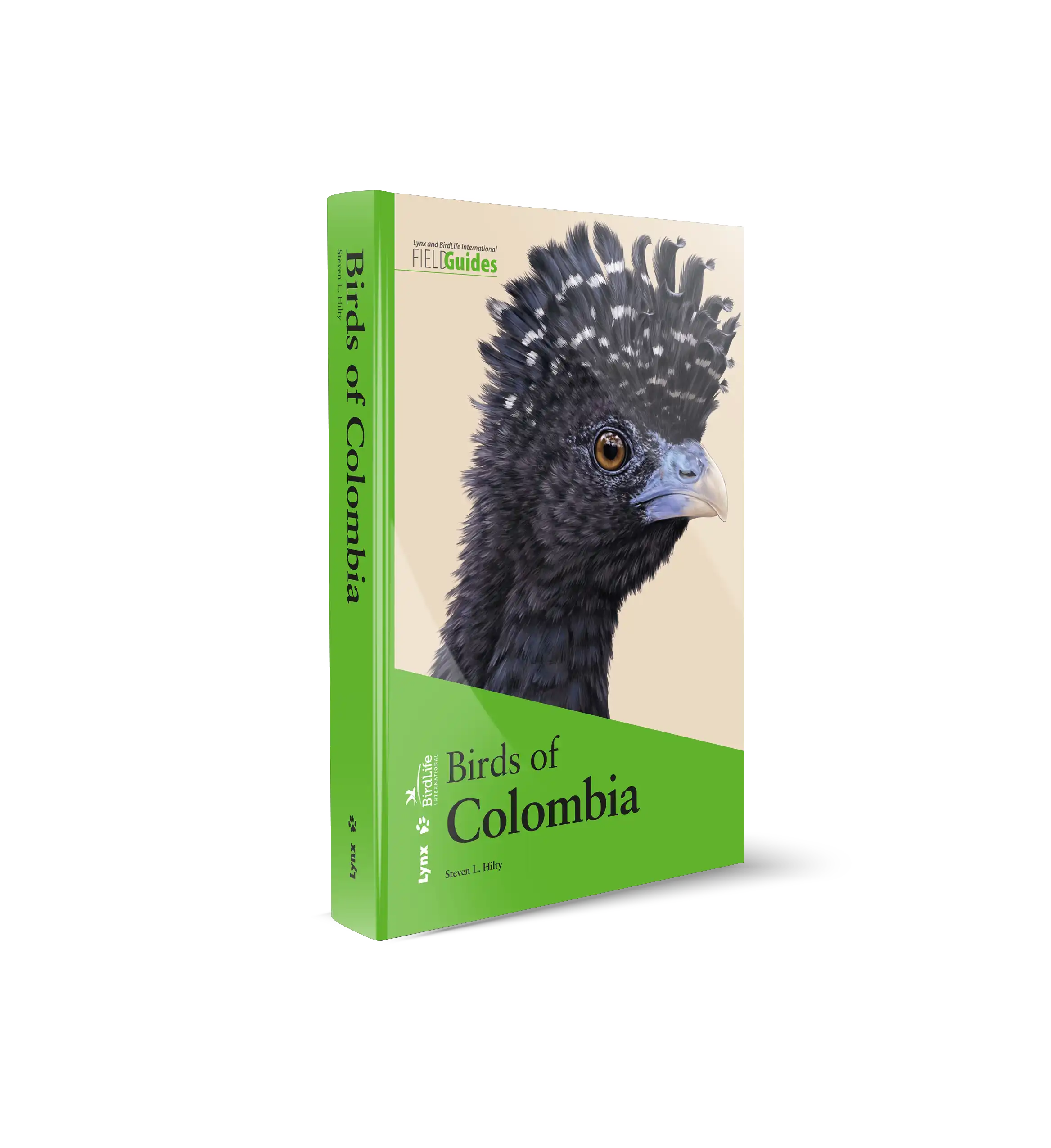

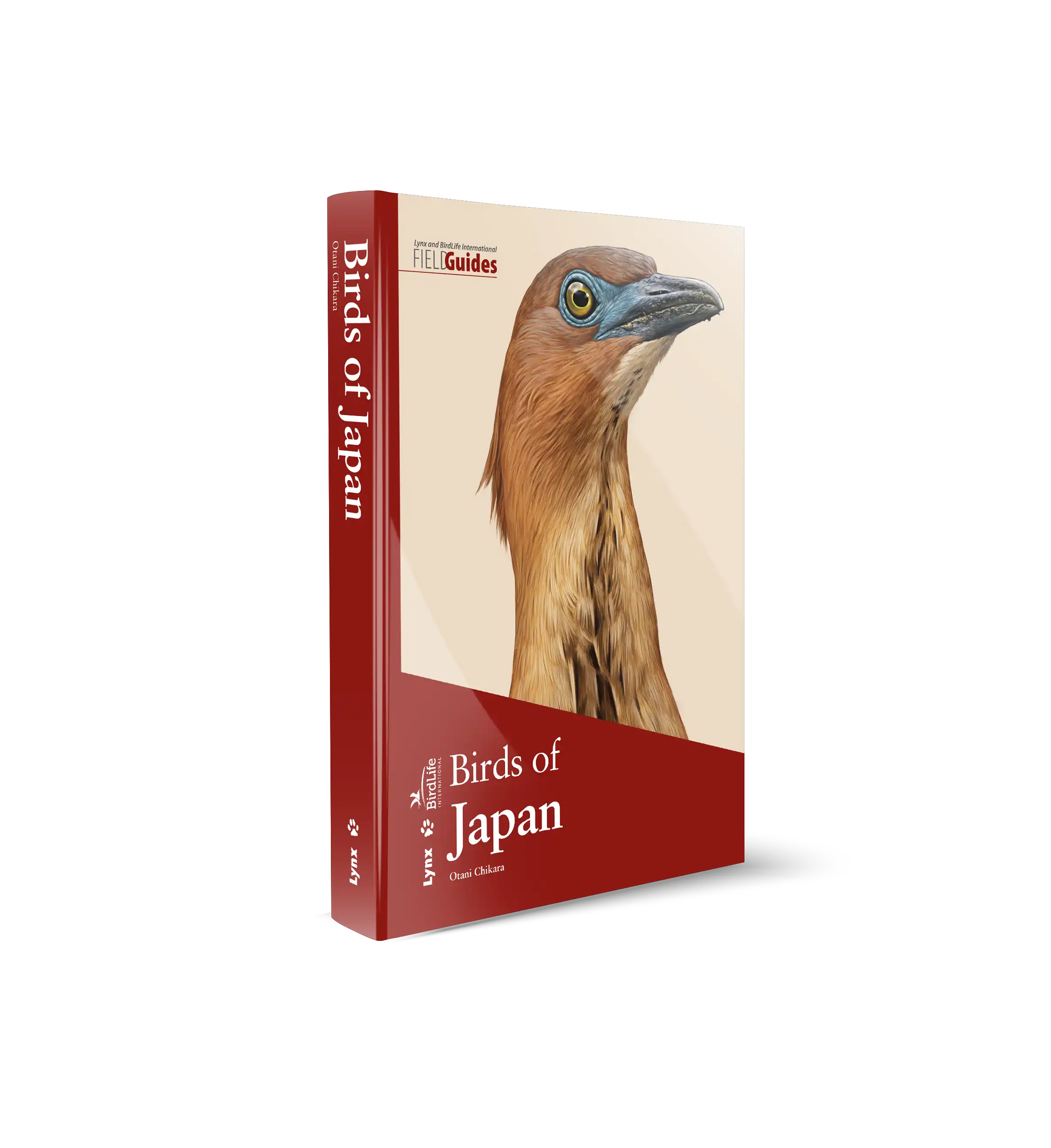








 Copyright 2025 © Lynx Nature Books
Copyright 2025 © Lynx Nature Books
Gehan de Silva Wijeyeratne –
This is a multi-author work with 25 authors and a large team behind the production and coordination of each volume. The process mirrors that for with its famous sister series, The Handbook of the Birds of the World (HBW). The Handbook of the Mammals of the World (HMW) like the HBW is destined to go down in history as a remarkable effort to combine accounts of every known mammal in the world with illustrations and species. The authors of volume 4 include Thomas Jefferson and Marc Webber who together with Robert Pitman wrote ‘Marine Mammals of the World: A Comprehensive Guide to their identification’ published by Academic Press, which is a well-thumbed book in my collection.
Let me begin with outlining what the book contains. As with other books of this genre, it is not confined to only ‘whales and dolphins’ and instead covers families from three orders, which are totally adapted to a marine existence. From the order Carnivora, Eared Seals (Family Otariidae, 15 species), Walrus (Family Odobeinde, 1 species) and Earless Seals (Family Phocidae, 2 species) are included making up 22 species. From the order Sirenia, Manatees (Family Trichechidae, 3 species) and Dugong (Famiy Dugongidae, 1 species) are included making up 4 species. As expected, the meat of the book is the Order Cetacea or whales and dolphins, comprising of 14 families and 90 species. With the cetaceans all species are covered, including those confined to freshwater habitats, although with the carnivores the boundary is drawn with mammals that are marine mammals thus excluding freshwater adapted mammals such as otters. This is a well-practiced treatment and as explained in the foreword the selection is based on whether any non-cetacean mammals are evolved for a marine existence rather than solely on their evolutionary relationships as elucidated by modern molecular phylogenetic analyses.
With the cetaceans, 6 species are the sole representatives of their family (monotypic). These are Pygmy Right Whale (Neobalaenidae), Gray Whale (Eschrichtiidae), Sperm Whale (Physeteridae), South Asian River Dolphin (Platanistidae), Baji (Lipotidae) and Franciscana (Pontoporiidae). The remaining 84 species are distributed in 8 families with Ocean Dolphins (Delphinidae, 36 species) and the mysterious and elusive Beaked Whales (Beaked Whales, 22 species) leading the count. However, they are probably all overshadowed by the Rorquals (Balaenopteridae) which has such favourites with the public such as the Blue Whale and Humpback Whale. Thus, in total 112 species are covered in this substantial large format (310 x 240mm) volume of 614 pages.
The contents pages are not granular enough to point to the relevant page for a species account and the index at the back has to be used for that. This is a minor detraction. The book is structured with a slim introduction, a more lengthy essay on Sea Mammal Conservation (pages 17 – 32) before the species accounts pages (34-573) followed by an extensive list of 2,800 references (pages 577-604) followed by the index. A novelty in the references section at the back of the book is that the general references are preceded by two pages of References of Scientific Descriptions. This are the original descriptions of when a species was first described to science. The species accounts are arranged by Order and Family. They follow a format where the species accounts for that section are in a smaller font size with hand drawn illustration plates. Preceding this is a large section on the family covering topics such as Systematics, Morphological Aspects, Habitat, General Habits, Communication, Food and Feeding, Breeding, Movements, Home Range and Social Organisation, Relationship with Humans and Status and Conservation. To get an idea of the length of the family introduction consider the first family of cetaceans covered in the book, the Right and Bowhead Whales (Balaenidae). The species accounts pages for the 4 species spans 5 pages but the introductory section spans 21 pages. The Gray Whale receives 17 pages for the family section and 2 pages in the species account. The 8 species of rorquals receive 41 pages in the family account and 14 pages in the species accounts. If you asked why you need another book on sea mammals, the answer lies in the expansive accounts and references provided in the family accounts. It not just text alone that makes the family accounts extensive, it is also the use of large images, sometimes used as full pages. I suspect part of the motivation in using large images was for visual impact and beauty, potentially widening the audience to a circle beyond academics and whale heads. But it also in some cases serves to provide a useful level of detail. A good example are the encrustations of barnacles and whale lice on Gray Whales. The two large images not only illustrate this very well but the images are quite arresting.
The systematics section is strong and thoroughly researched as one would expect in a volume of this nature and will be essential reading for anyone with an academic interest. The other sections in the family accounts are also strongly underpinned by science but written in an accessible way to anyone interested. So much has been published on the more popular and easier to study marine mammals that it would not be possible for a single book to distil everything into one place. However, this book is probably unrivalled in providing a good starting point. As this volume is not intended for field use, the hand drawn plates containing several species do not face the corresponding species account in the style of the very latest field guides. But it is easy to see how the species accounts, plates and photographs could be adapted in the future into a field guide. However, this book should not be treated as field guide in the making. Its strength is in its sweeping overview of the technical literature.
The book follows a standard layout (template) that has been designed to support lengthy captions which are rich in information. The selection of images is very strong and complements the text well. Images have been largely chosen to illustrate some aspect of the behavioural ecology. Some images show the animal in the context of its habitat and some of these are very beautiful portraits of wilderness.
The family accounts and the species accounts are laid out within a fairly rigid formula with two columns of text and one for caption text with the images constrained to occupying space in the two columns for text. This rigid formula gives the design a somewhat dated look. But this is a minor detraction and easily forgotten when immersed in the excellent content.
For someone like me who writes technical articles in addition to popular articles on cetaceans, this volume will be an important reference for many years to come. This book will appeal to anyone with a serious passion for marine mammals.